Actually, it’s pronounced “via da layba.” I’m learning how to be a Colombian, and how to speak like one. Colombian Spanish is different than Mexican Spanish. Much to my regret, I don’t speak either one. Someday…
Juan Carlos and Carlos told me they’re making me an honorary C0lombian because my riding has progressed significantly in the last few days. Folks, these two guys are the best riders I’ve ever ridden with, and for them to tell me that was quite a compliment. Every rider I know in the U.S. would be subpar compared to your typical Colombian motorcyclist. The way they carve corners and carve through heavy traffic on these mountain roads is a thing a beauty. They are the best riders I’ve ever seen, and the two guys I’m riding with are beyond incredible. But I digress…more on that later. The focus of this blog entry is Day 5, which was yesterday for me.
As you know from reading the blog, we stayed in Barichara. It’s an awesome little town and we stayed in an awesome little hotel. Getting there was an experience. We passed through a bunch of small towns up here in the Andes Mountains. In these small towns, everything is either uphill or downhill. The roads are either cobblestone or dirt. And when I say cobblestone, I’m not talking about little rocks. These are 6 to 12 inch boulders that are basically mashed together to form a street. The cobblestones (actually, cobbleboulders) throw the bike left and right and up and down, and this is all going on while riding up or down extremely steep hills. The RX3 is the perfect bike for this. I couldn’t imagine doing it on anything bigger or heavier.
We stayed at the Artepolis Hotel, and it was an experience. The guy in the room next to me was an Austrian photographer who came here just to photograph the place. It’s that stunning. Here’s the hotel the next morning (it was dark when we arrived the preceding evening, and we had to ride up a rough dirt road to get to the hotel)….
The next morning Juan and Carlos wanted to ride a bit and get some photos. They took me to the edge of a cliff and we got some great shots…here’s one of Carlos I especially like…
We continued on a paved road to a little town called Guane, and along the way I spotted a couple of Colombian vultures perched in a tree not far from the road. I always wanted to get a decent shot of a vulture during my Baja travels, but my results have always been mediocre. I’m carrying my 70-300 Nikon lens on this trip, and I thought I would try for that vulture photo I’ve been wanting for years. The lighting was perfect and I think I did okay…
After photographing the vultures, I grabbed a couple of shots from the saddle on our way to Guane…
Guane is a beautiful little town with a magnificent church…I was working the little Nikon D3300 and its 18-55 lens as best I could. That camera is really doing a great job on this trip. I bought it because I wanted something light and small. You folks who are planning to ride to Baja with us in March might want to give the D3300 a look if you don’t already have a camera. It really adds a lot to the adventure if you can capture stuff like this.
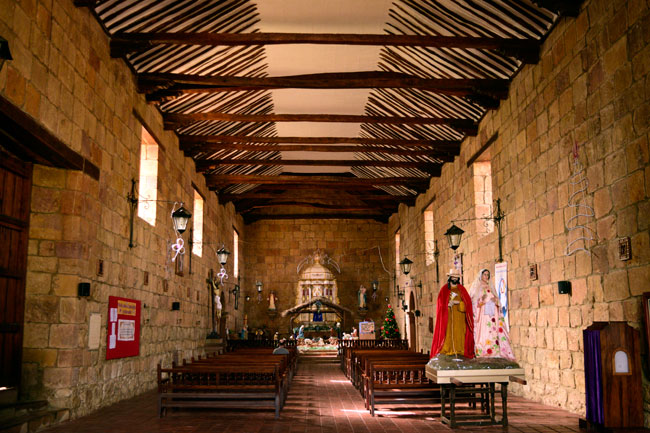
In many Colombian towns, the taxi services use tuk-tuks. Tuk-tuks are little three wheel things that have two wheels in the back and one wheel up front. I’d seen them in Thailand, but encountering them again in Colombia was something I had not expected. The ones in Colombia are made by Bajaj, an Indian manufacturer (as in India, not Indian motorcycles). They’re powered by a little 200cc single, and I was surprised at it’s ability to haul Carlos, Juan, and me up and down the hills in Barichara (we took one to go to dinner in Barichara). Juan told me he tested one at Bajaj’s request a year or so ago and he was impressed with it.
The tuk-tuks are often customized with really cool paintwork, and so are some of the other commercial vehicles. Here’s the artwork on one such vehicle in Guane that caught my eye…
After our brief exploration of Guane, we rode back to Barichara. The guys had been telling me I had to see the cemetery, and they were right. It seemed weird to visit a cemetery for the artistry, but it was impressive…
After that we were back on the road, headed for Villa de Leyva. I had mentioned to Juan that I wanted to get photos of the police motorcycles in Colombia, and when he spotted a few motor officers in one of the many small towns we rode through, I checked another photo op off the list.
This first photo shows one of the more common Colombian police bikes, the Suzuki 200 single…
Here’s another bike the Colombian police use…the Suzuki V-Strom 650…
There’s a lot more to tell you about the Colombian police motorcycles, but that will come later. I’m seeing and learning so much I just can’t get it all into the blog. I’m thinking maybe another book is in order. We’ll see.
Juan found our hotel just outside of Villa de Leyva, we checked in, and then we rode into town. This is the town square…it’s the largest in all of Colombia.
If you’re really impressed with that last shot, so am I. I wish I could take credit for it. It was a photo for sale in one of the Villa de Leyva stores, and I shot a photo of that photo before they told me I couldn’t.
It was a good day. The next one would be even better.
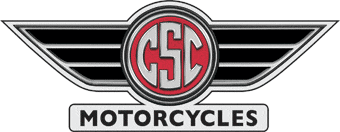





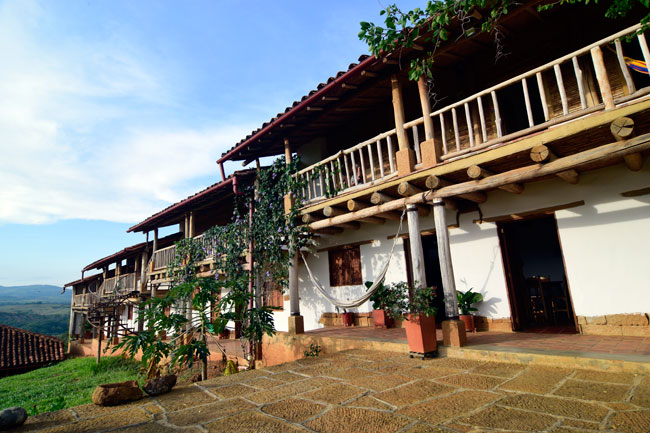
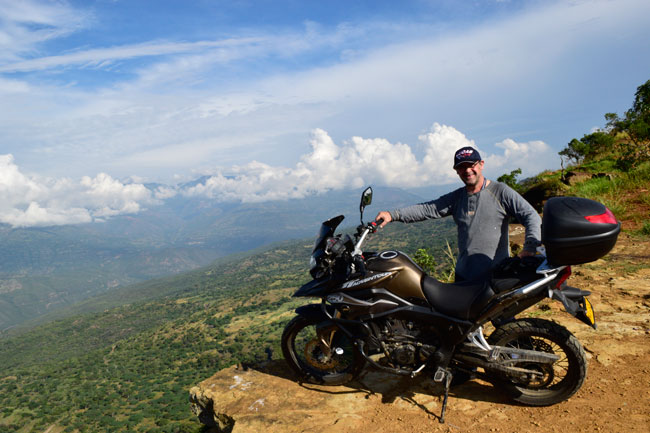
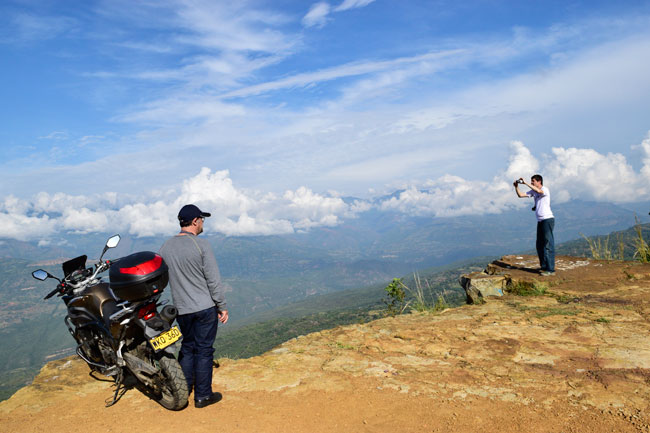
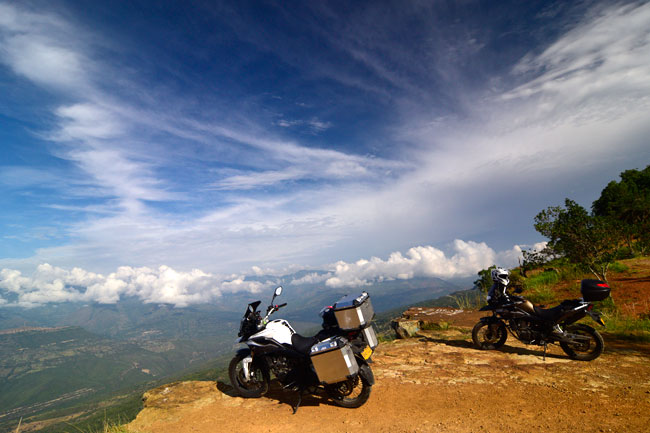
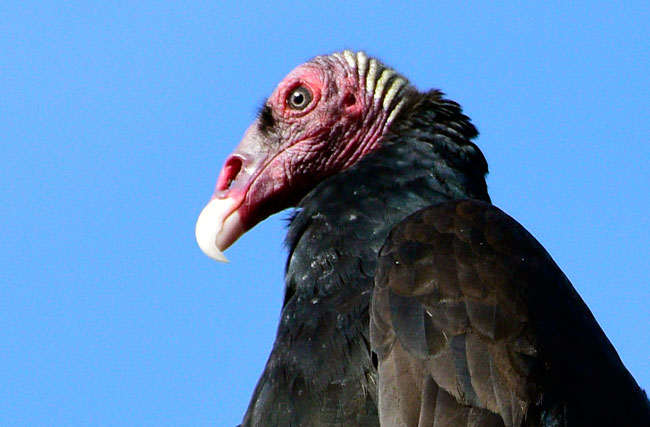
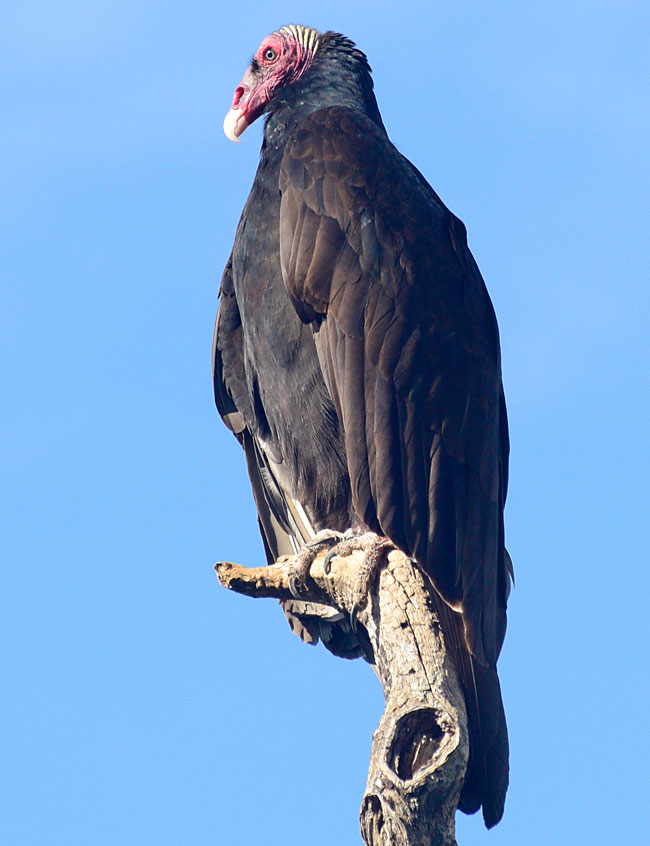
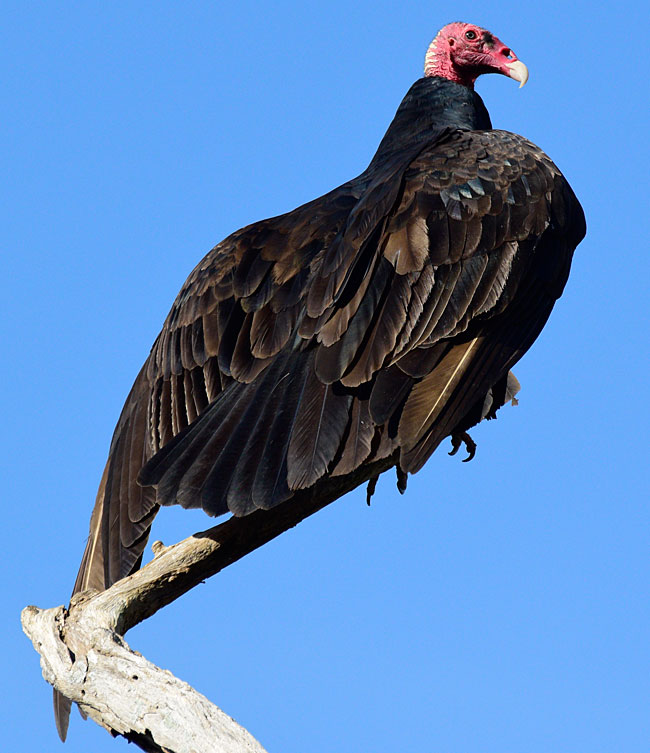
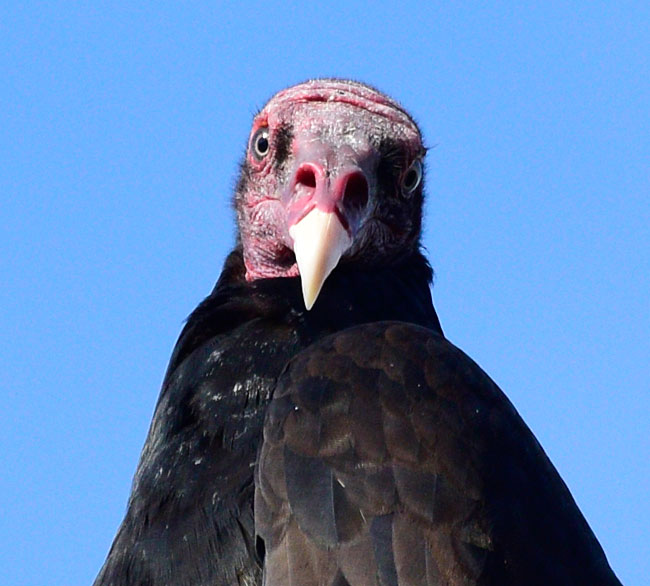
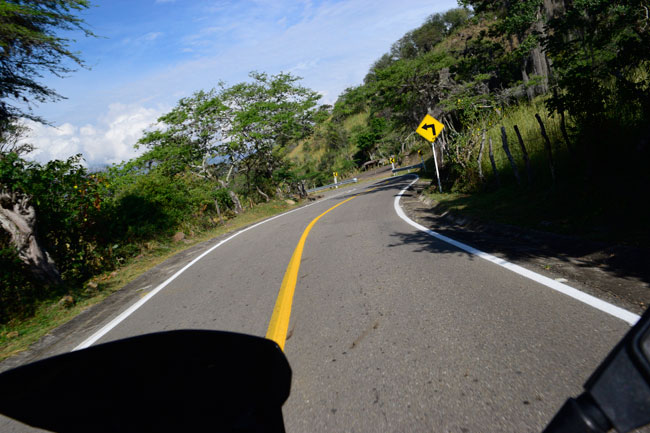
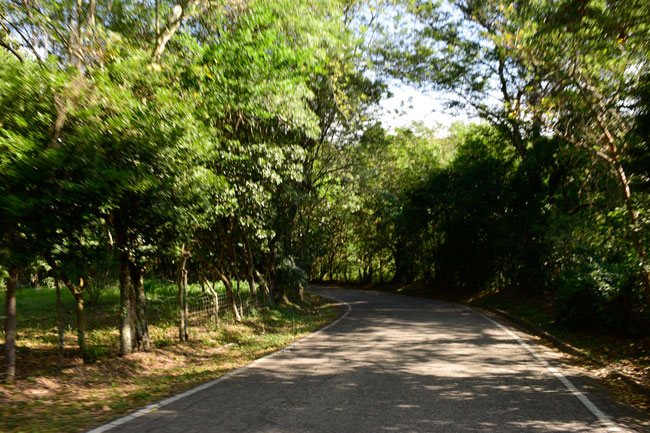
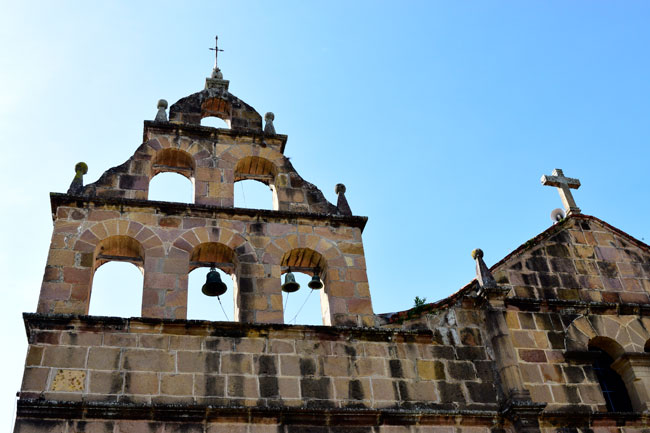
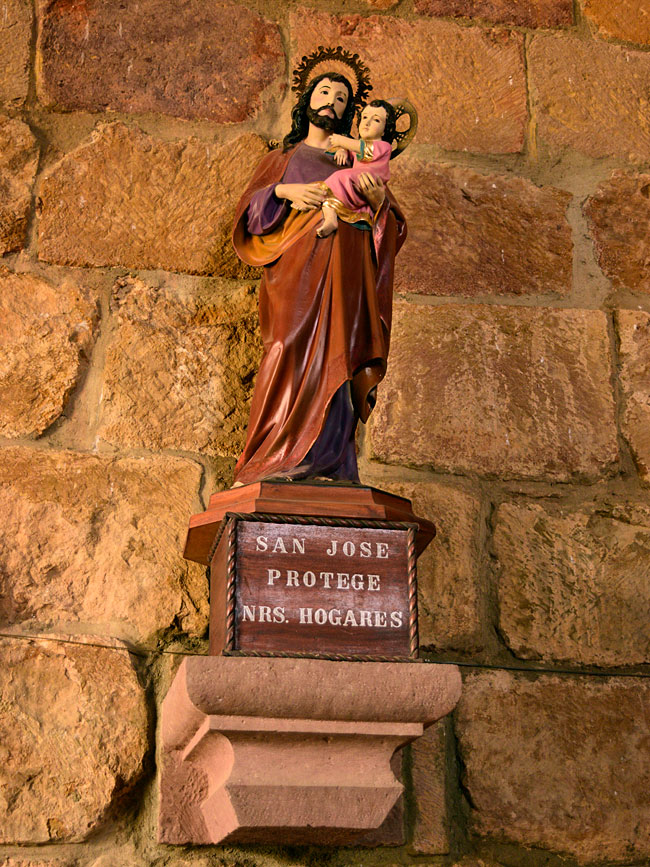
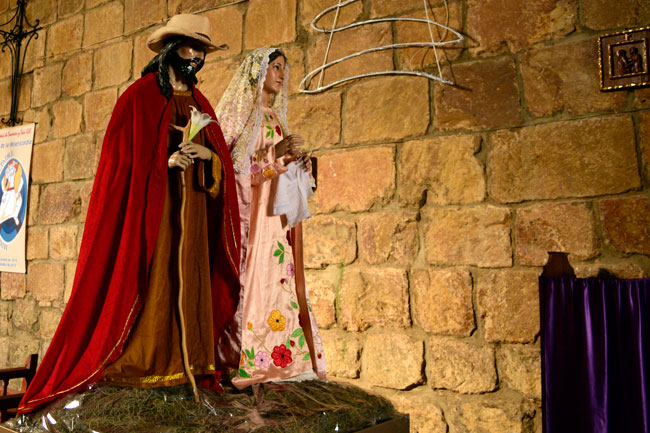
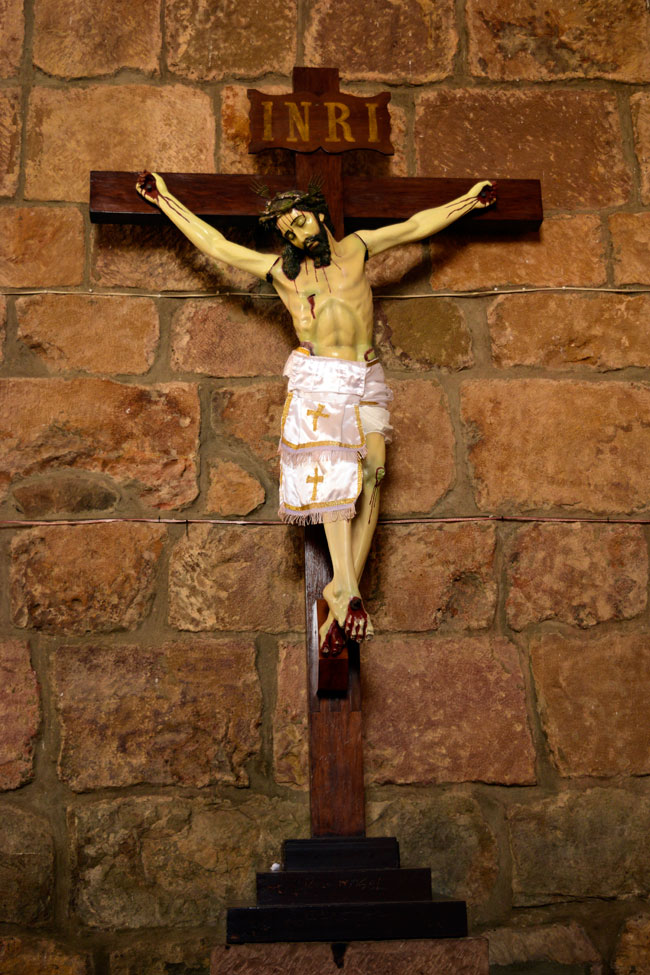
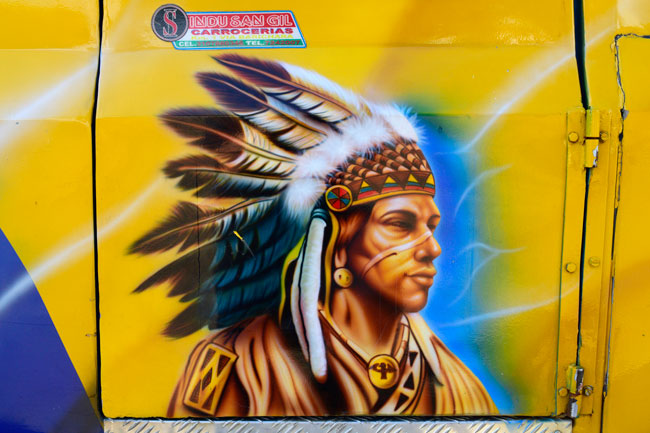
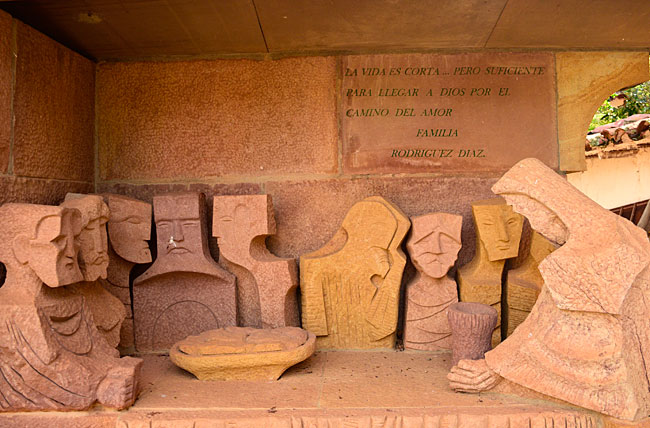
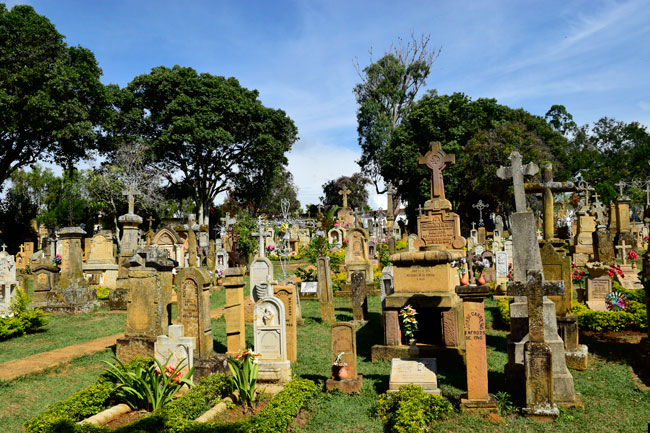
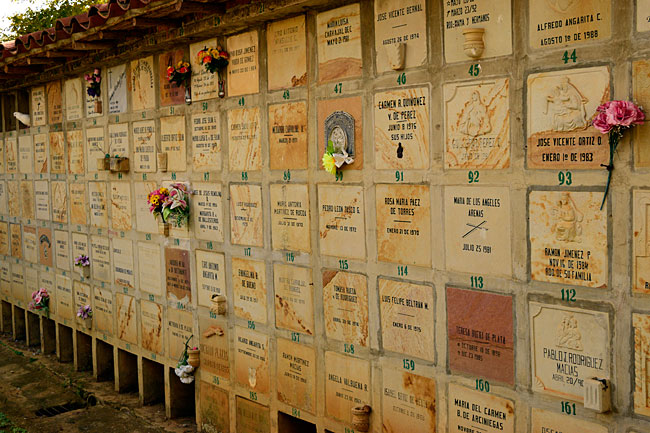
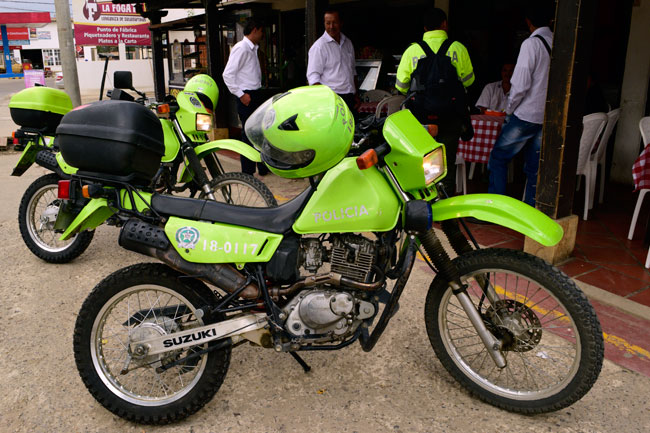
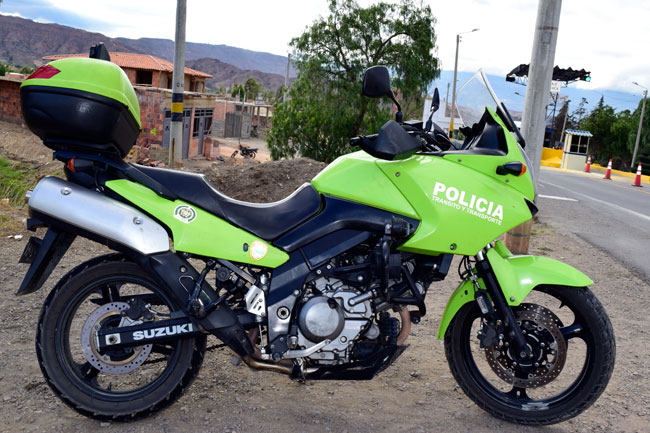
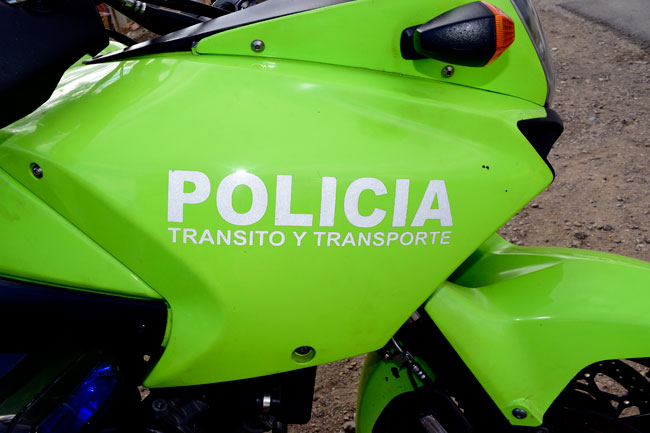
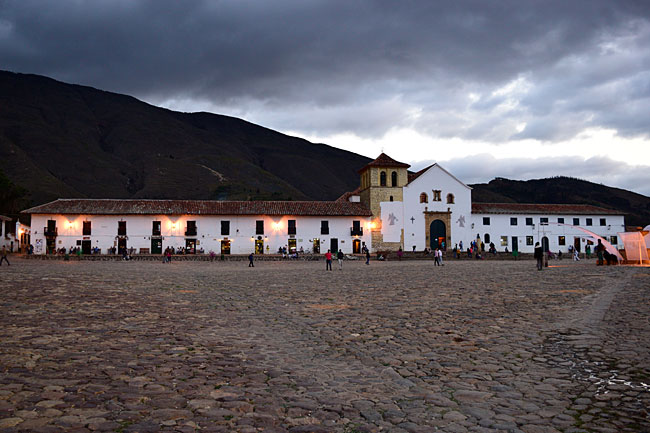
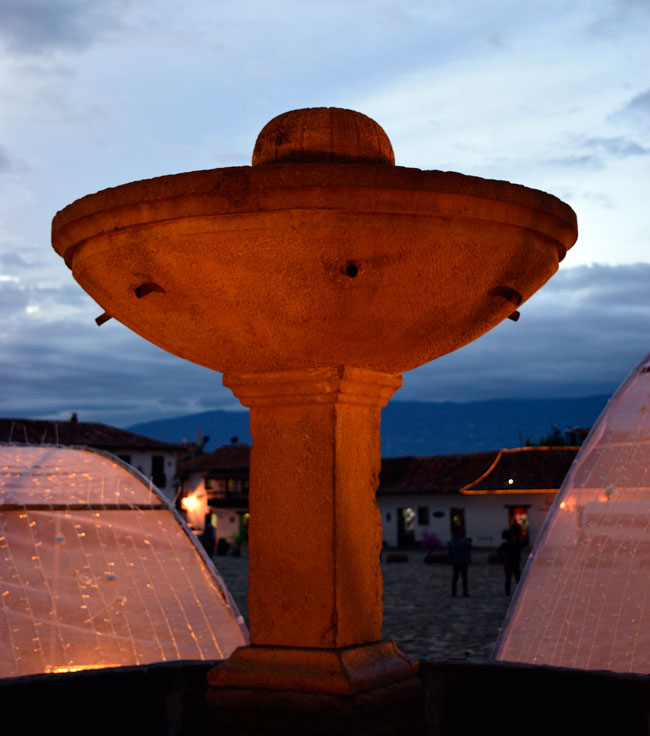
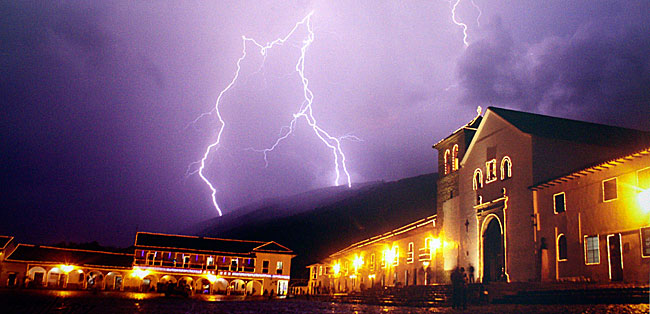
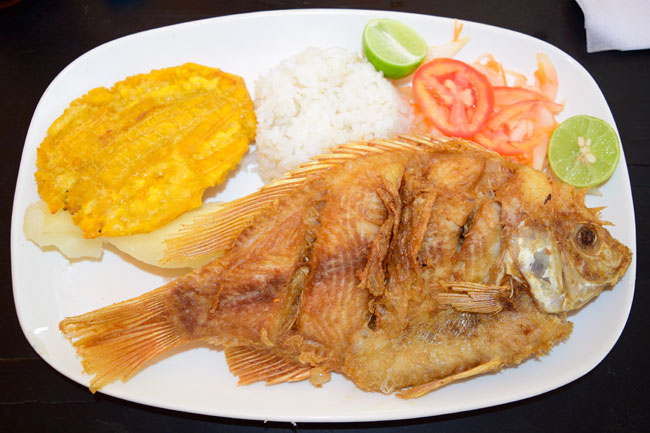
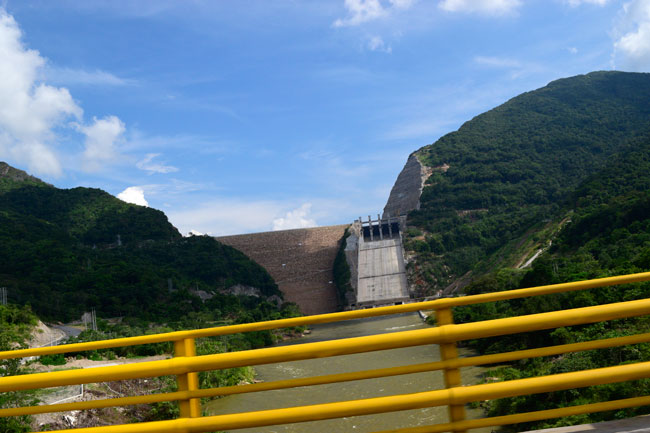
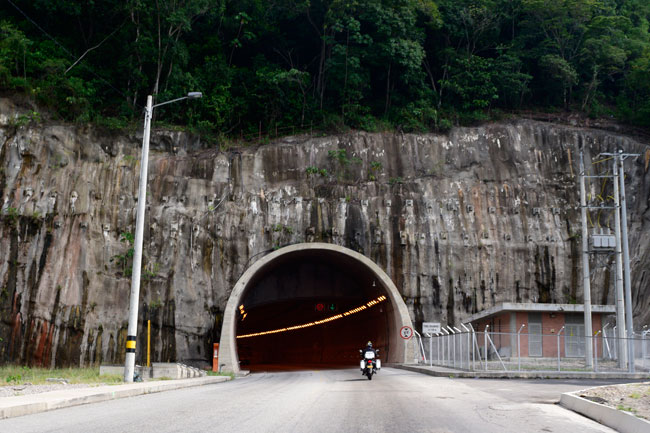
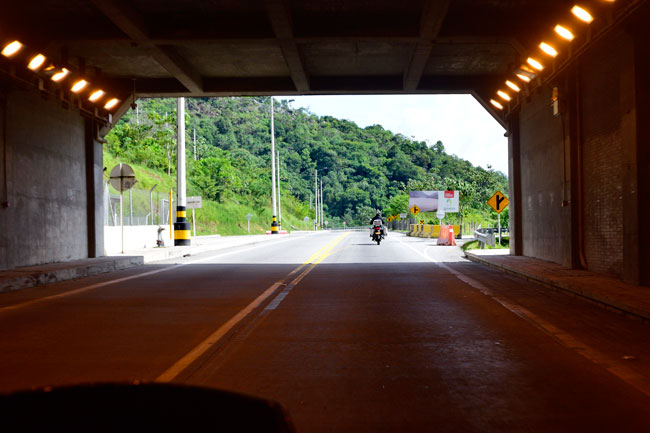
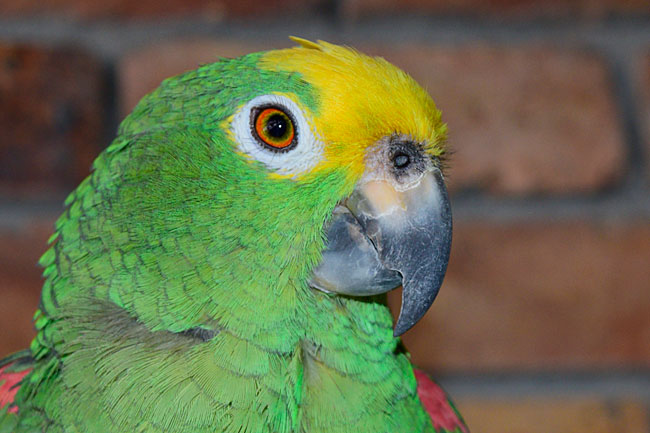
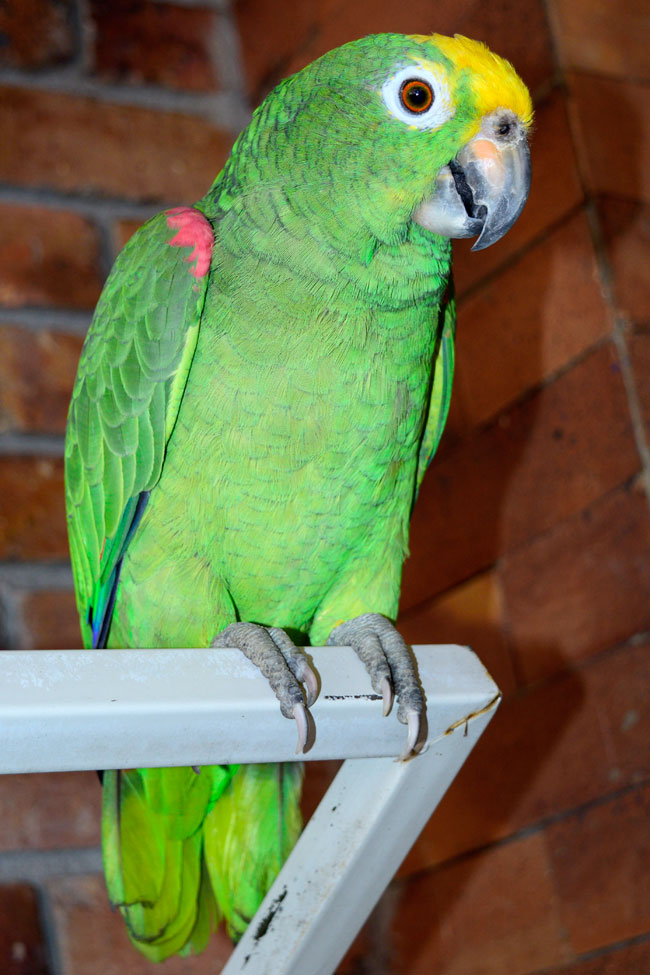
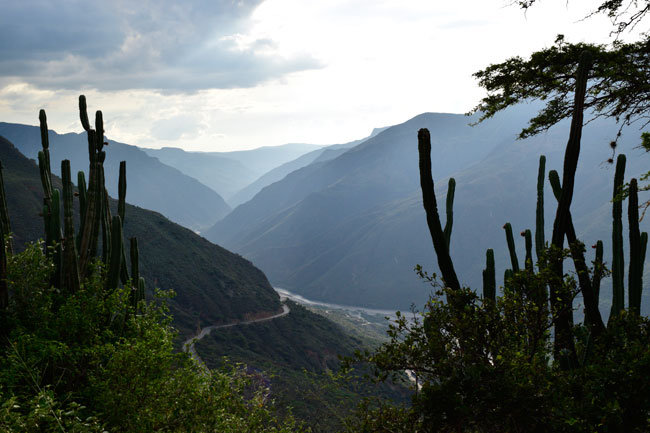
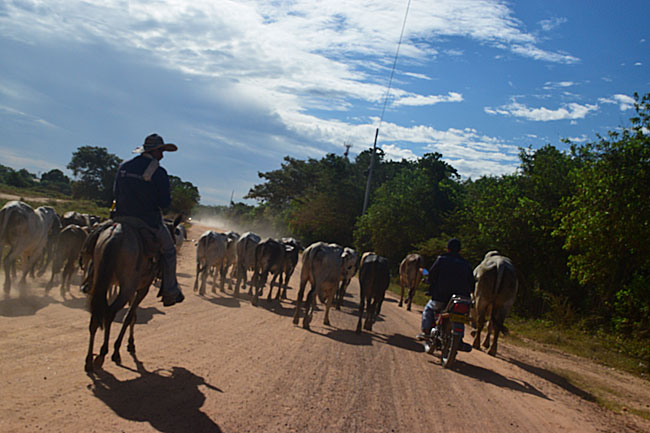
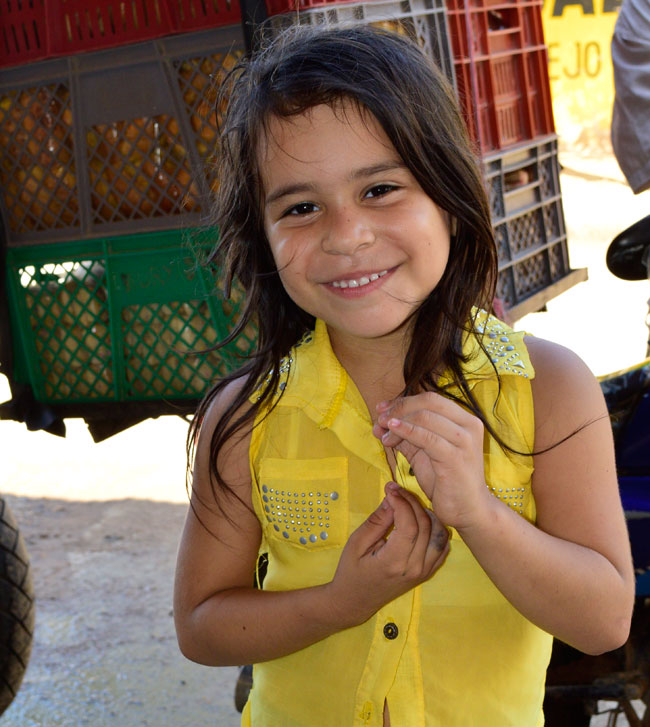
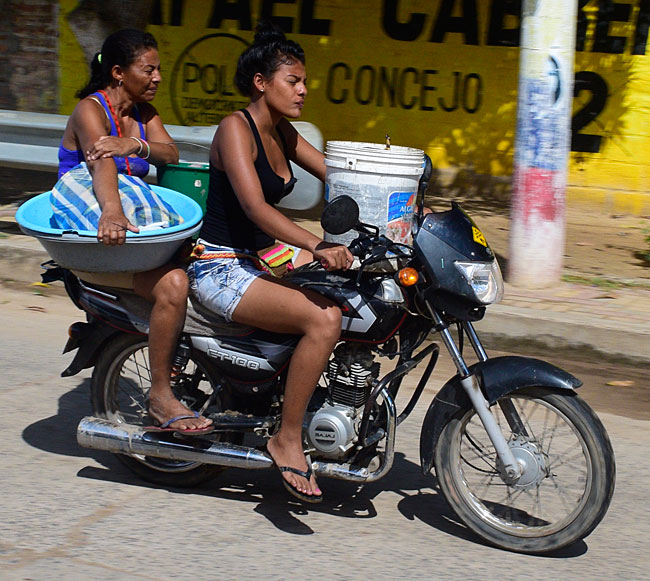
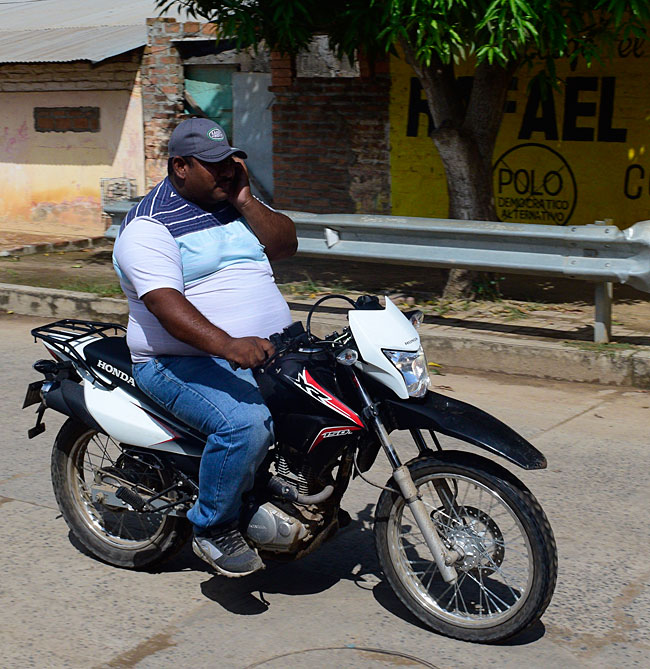
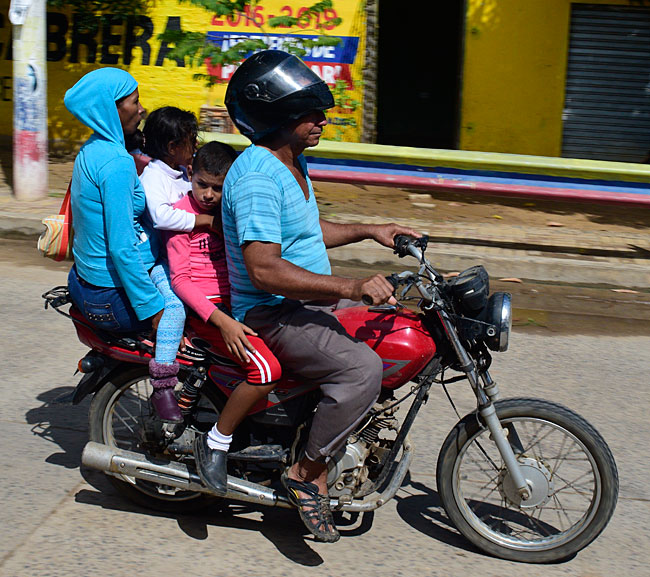
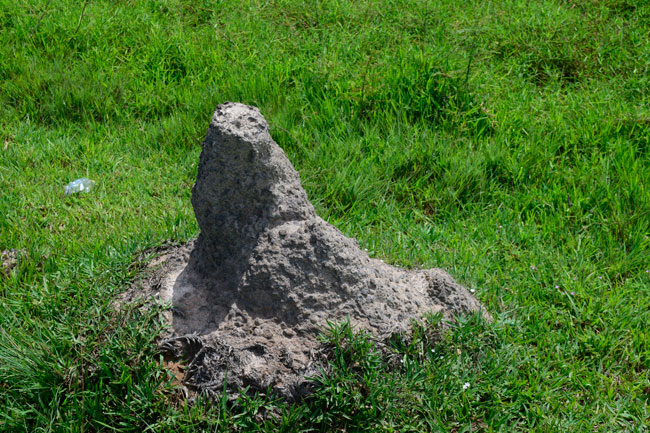
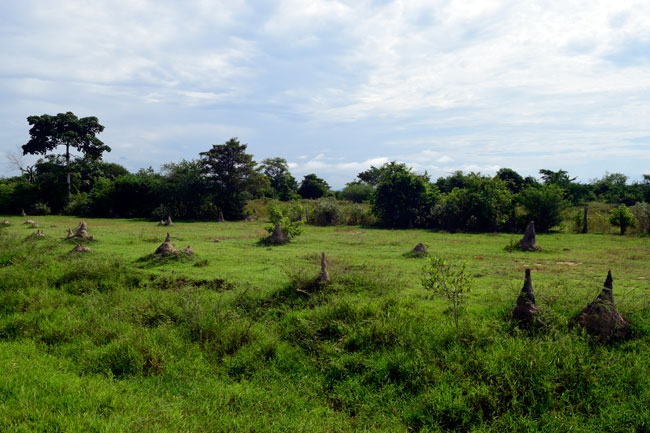
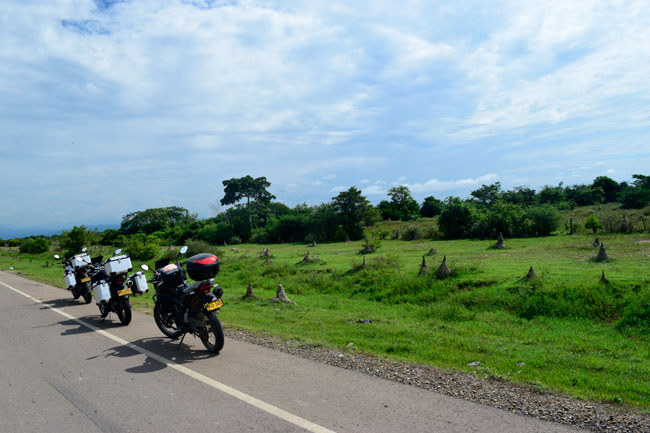
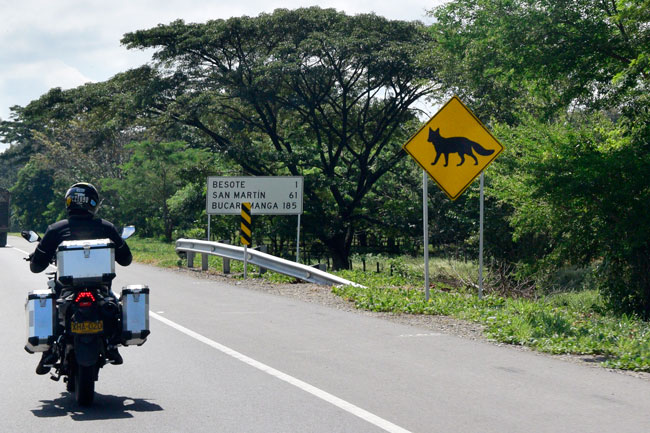
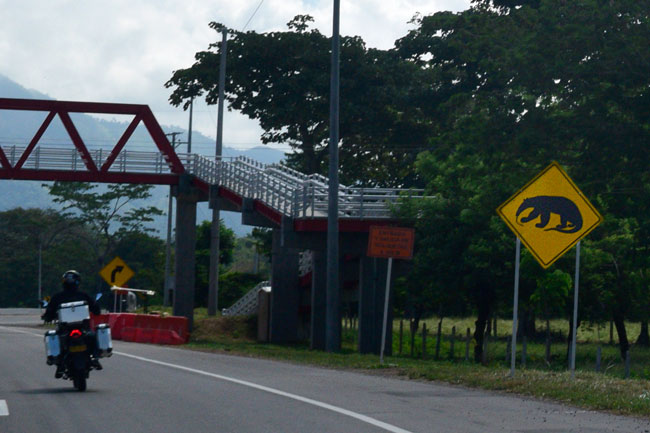
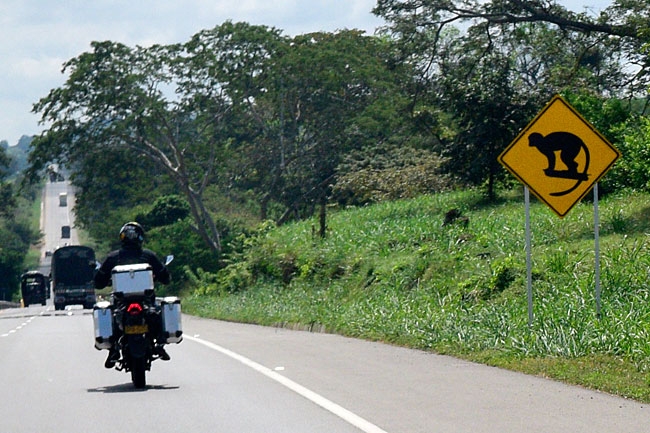
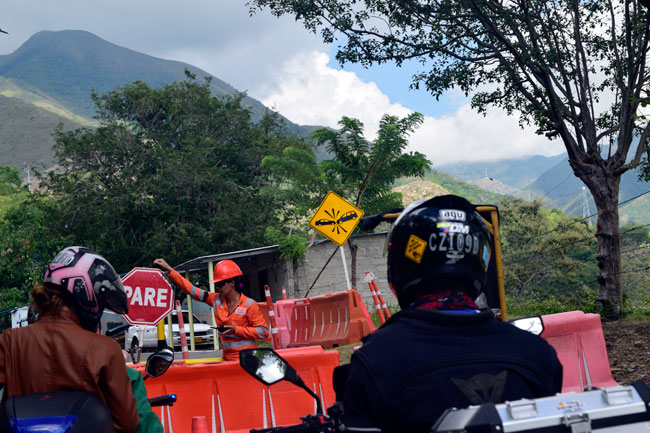
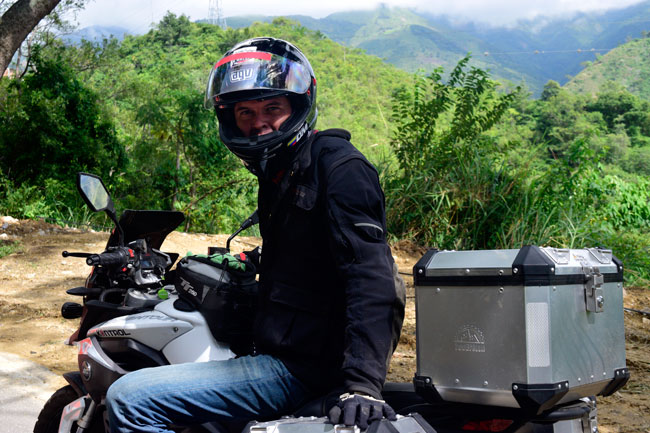
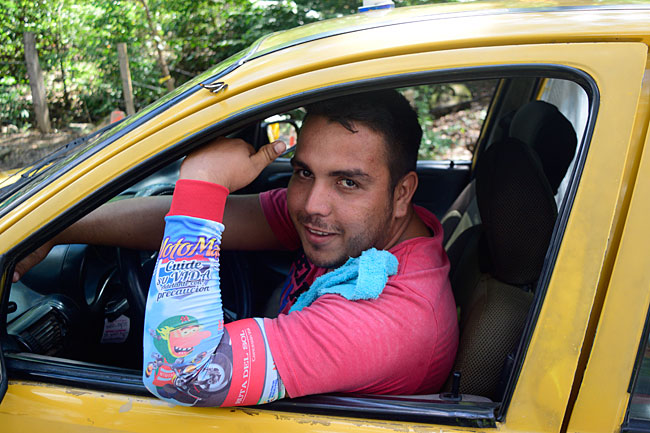
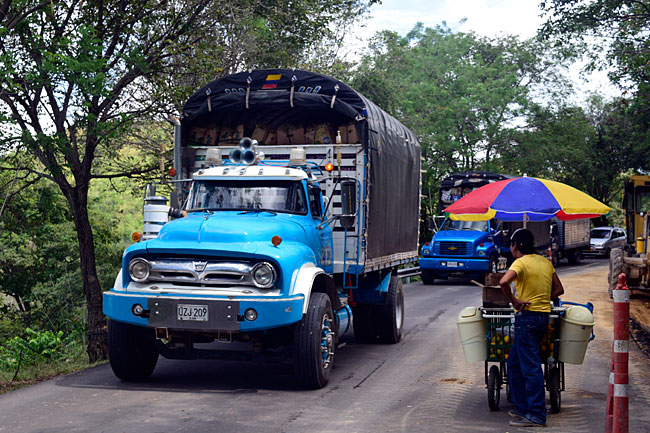
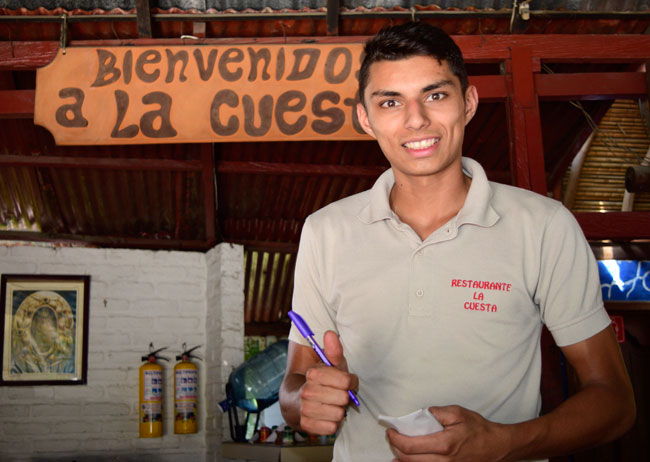
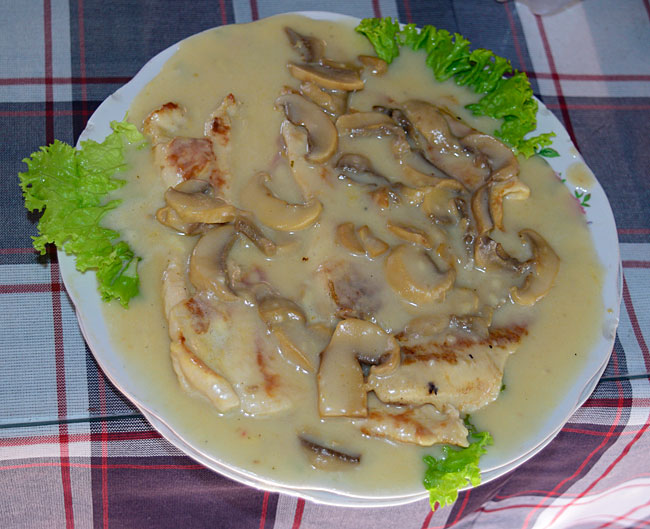
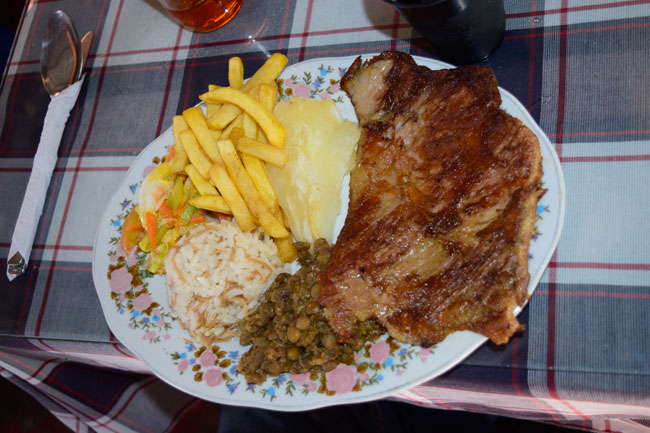
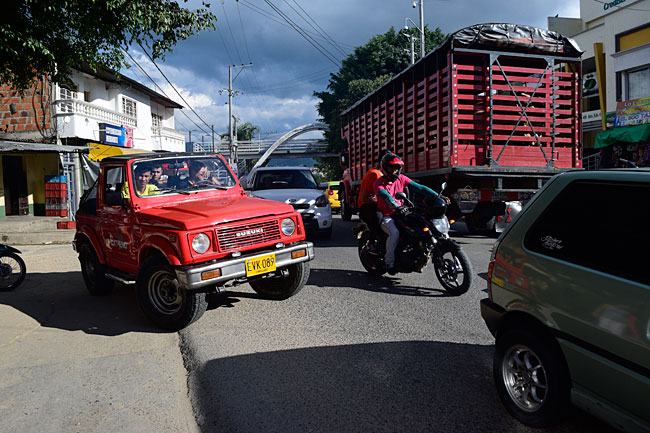
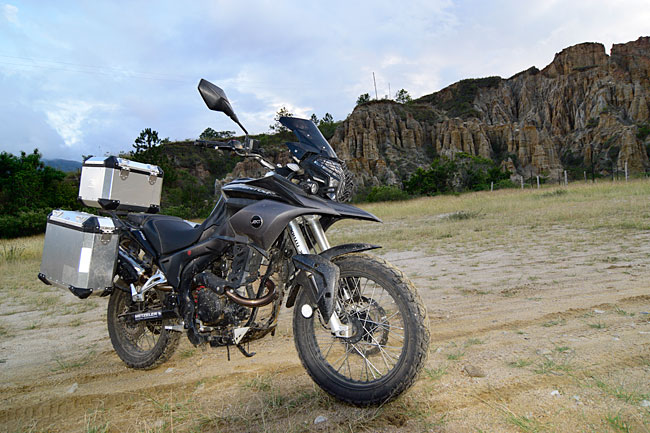
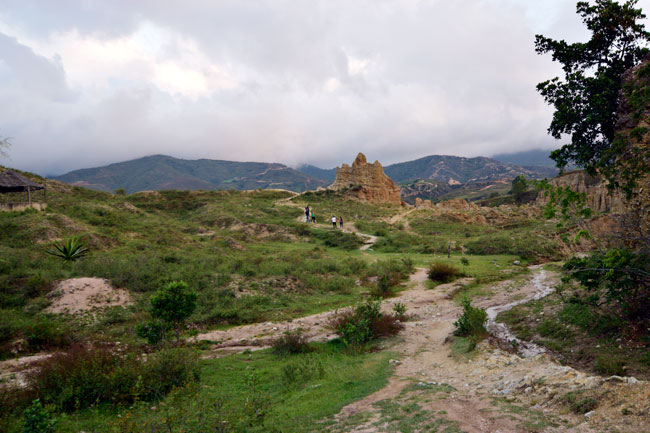
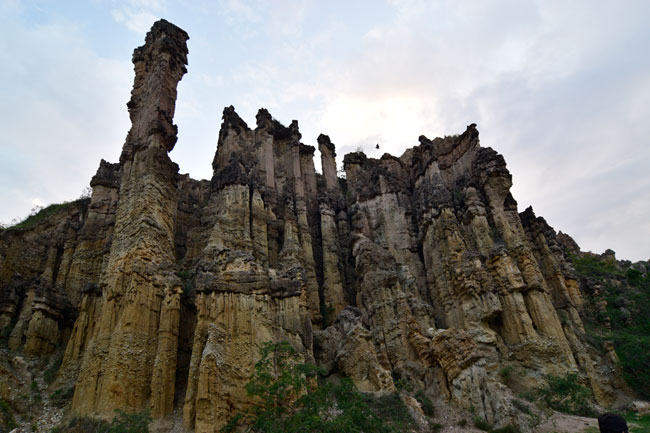
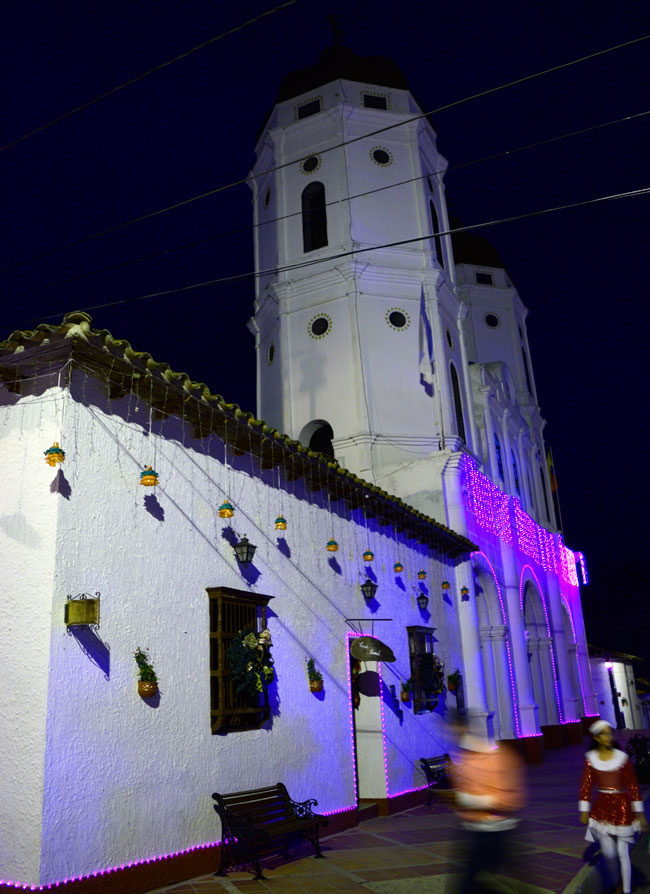
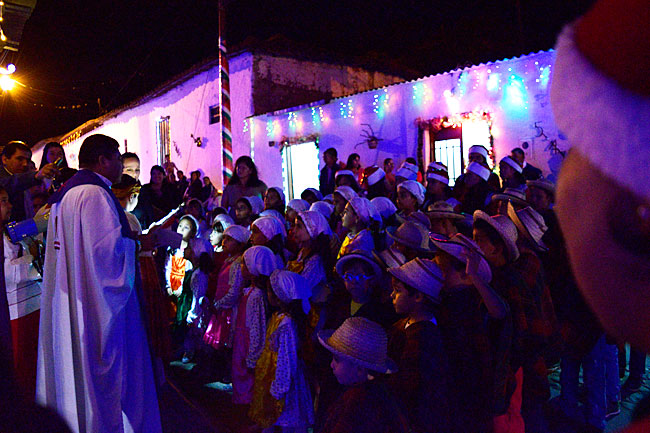
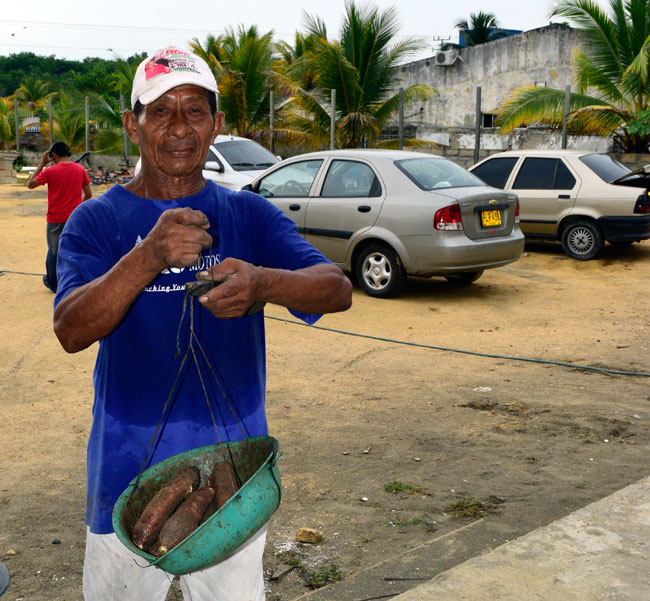
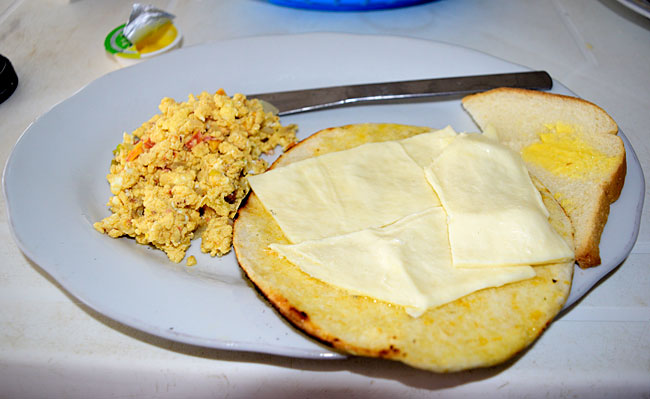
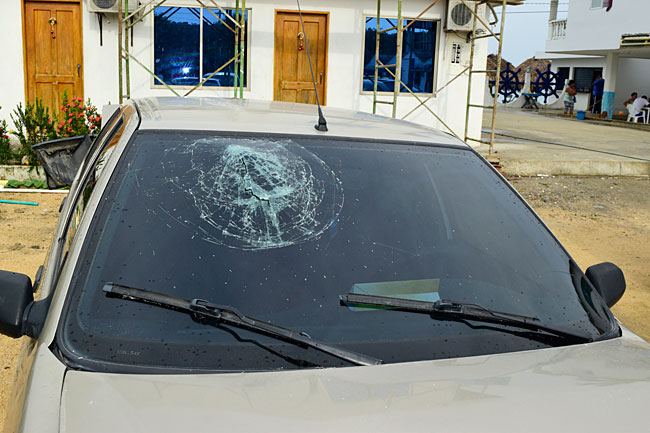
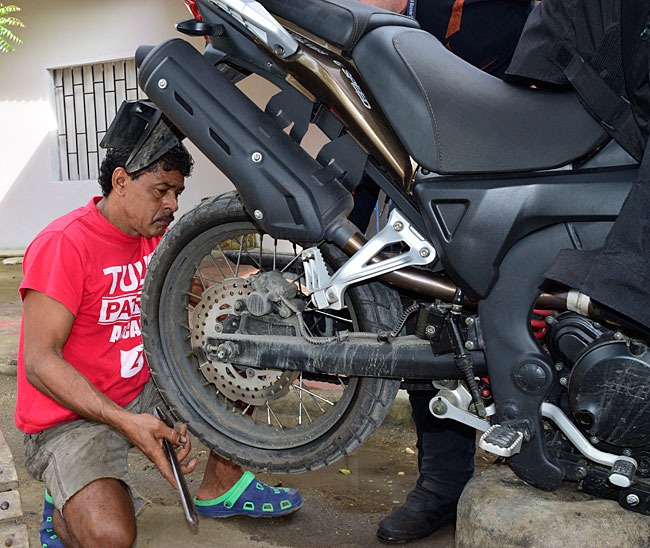
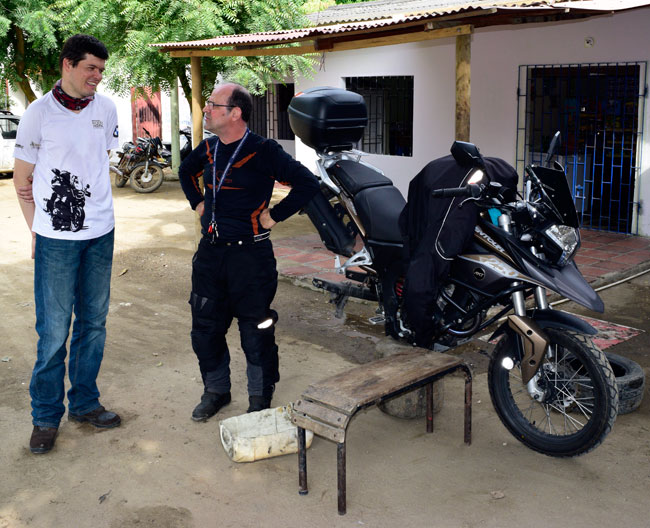
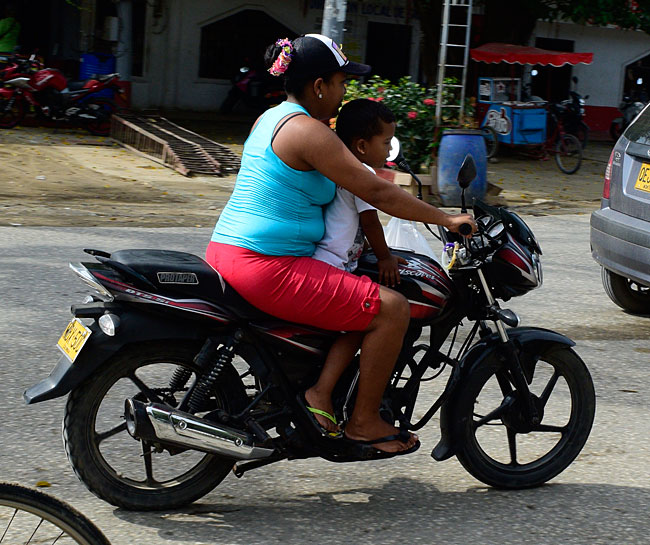
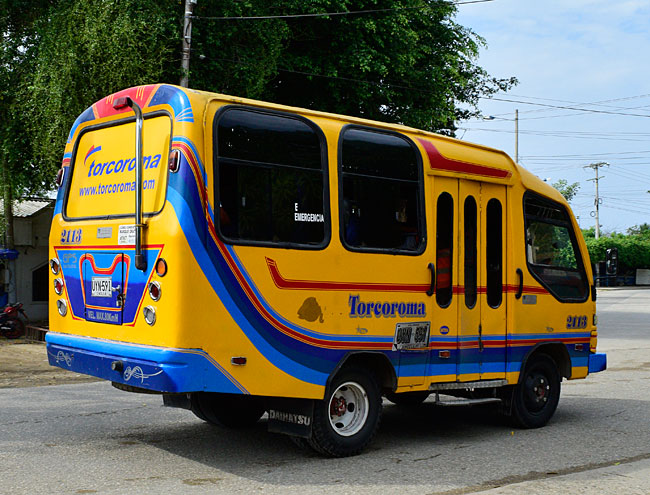
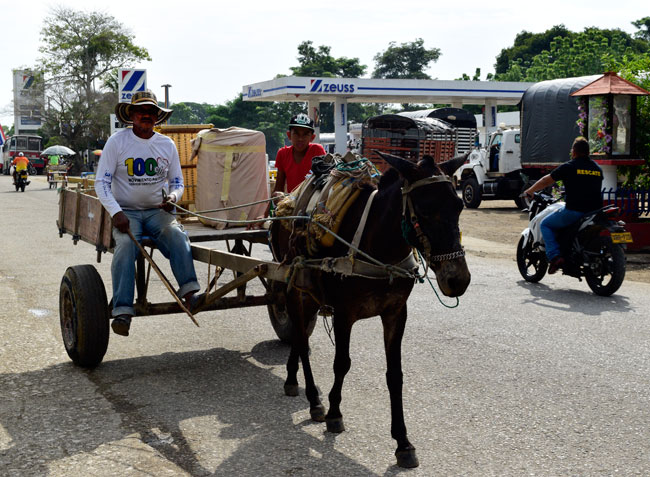
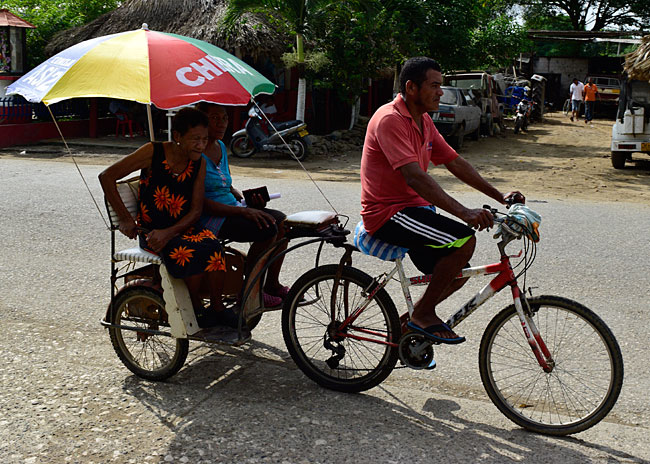
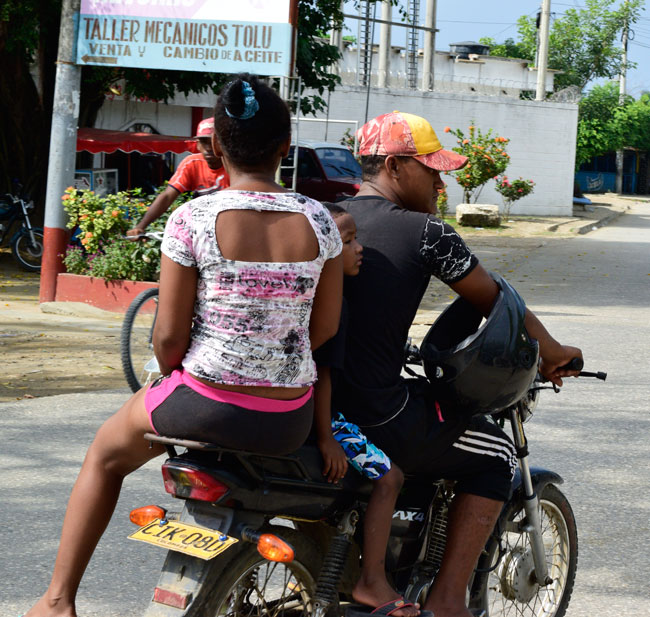
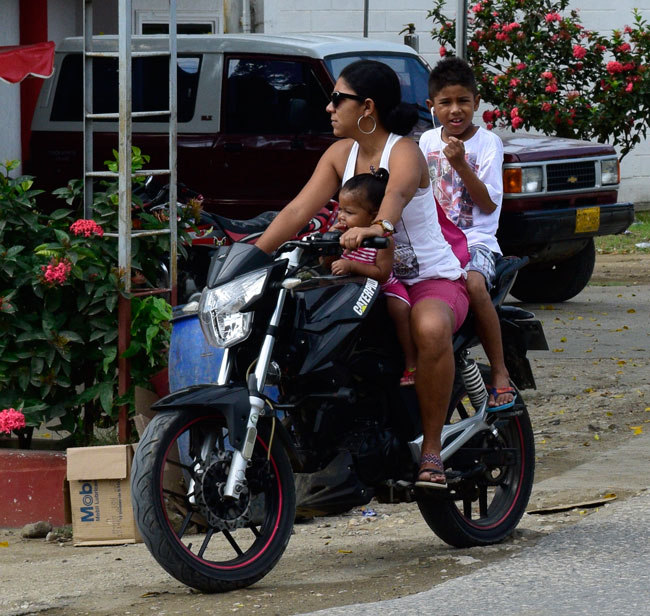
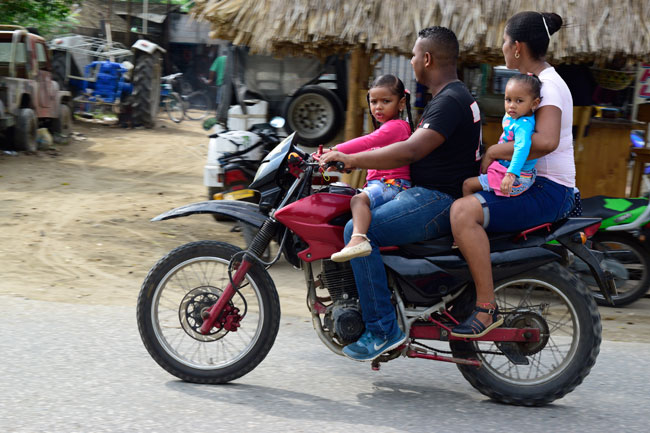
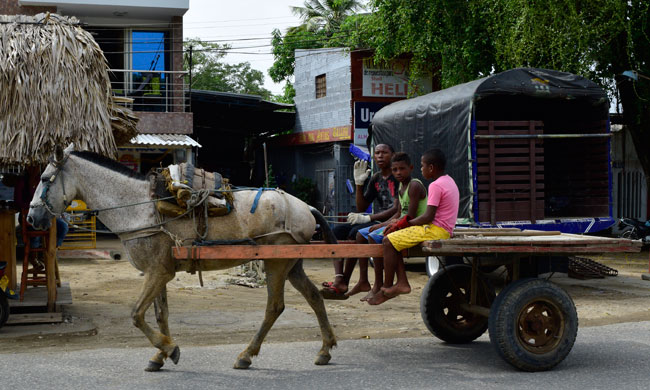
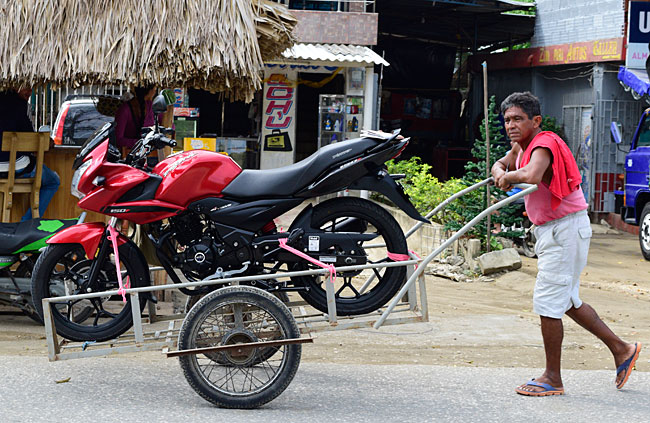
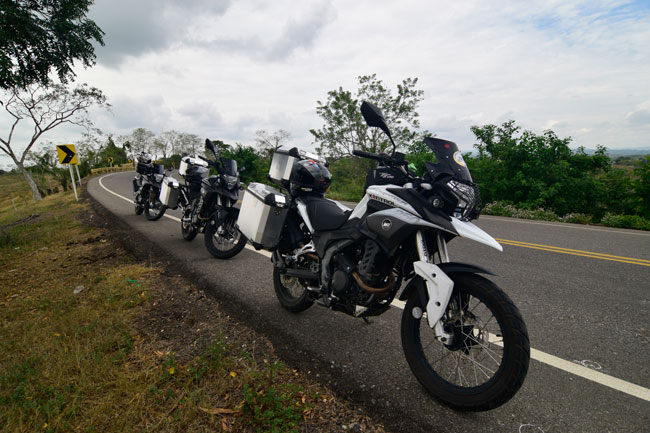
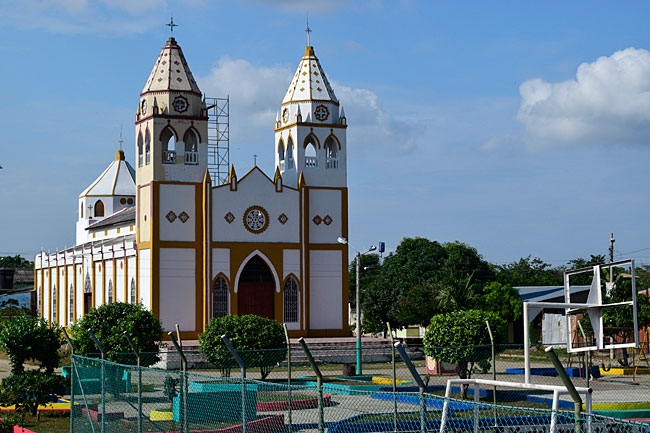
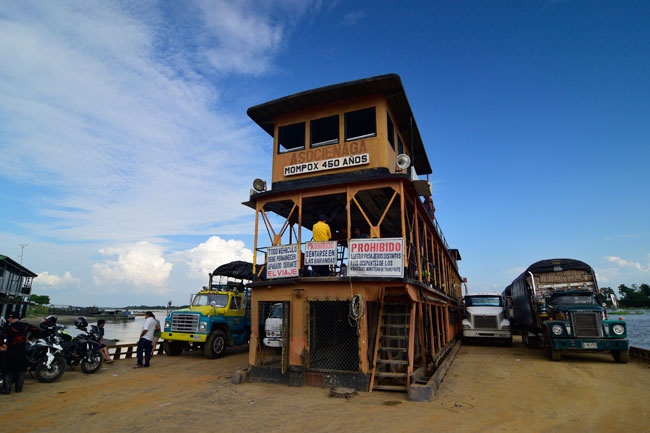
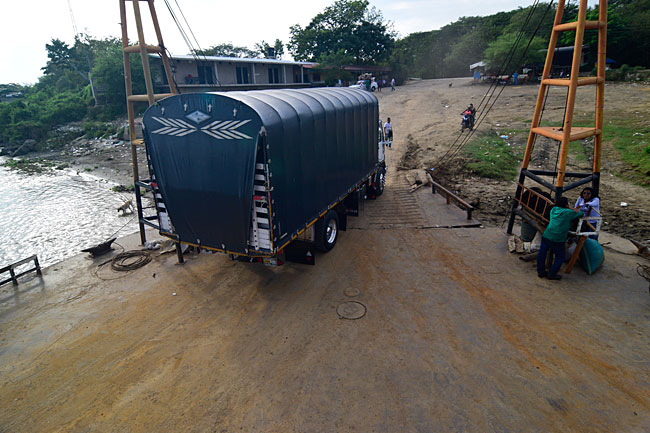
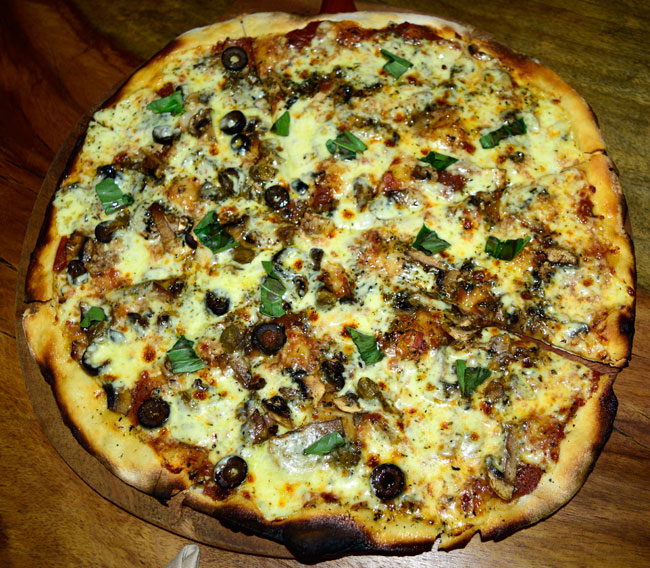
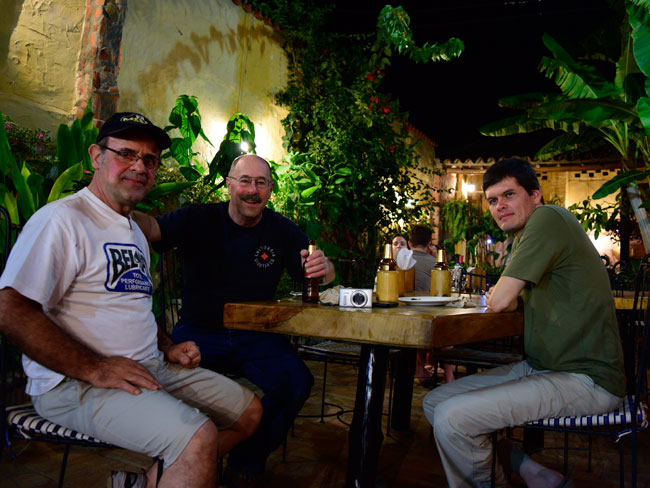
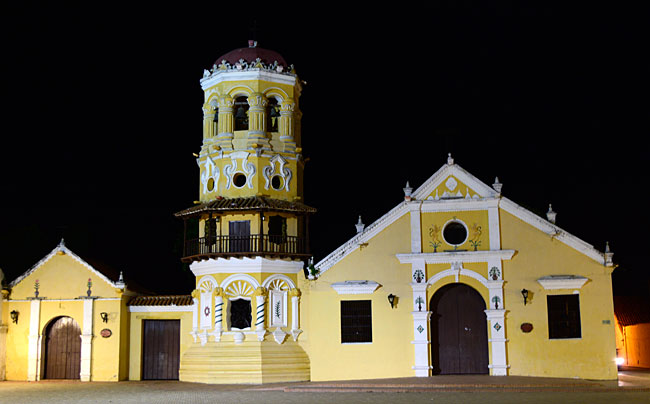
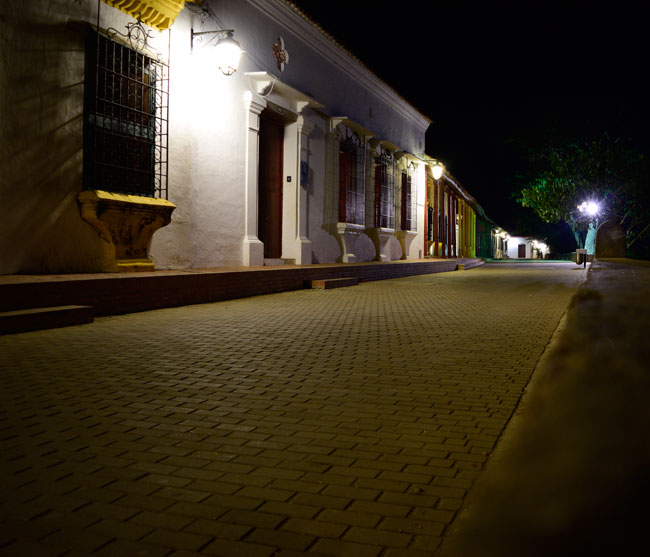
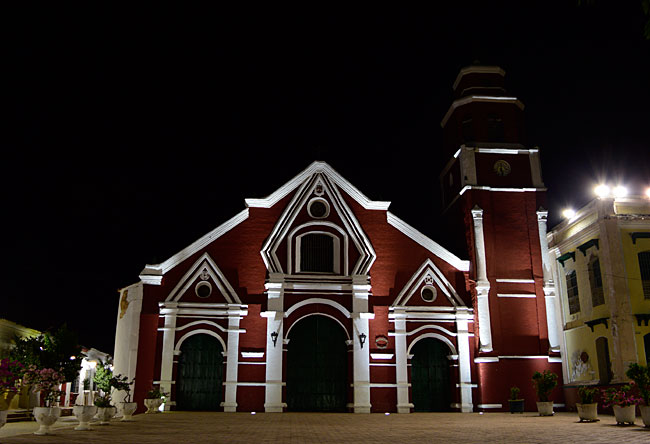
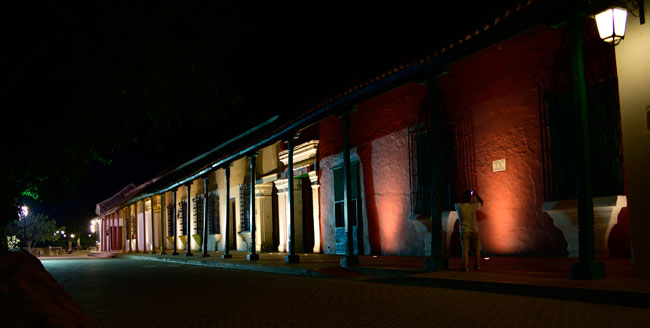
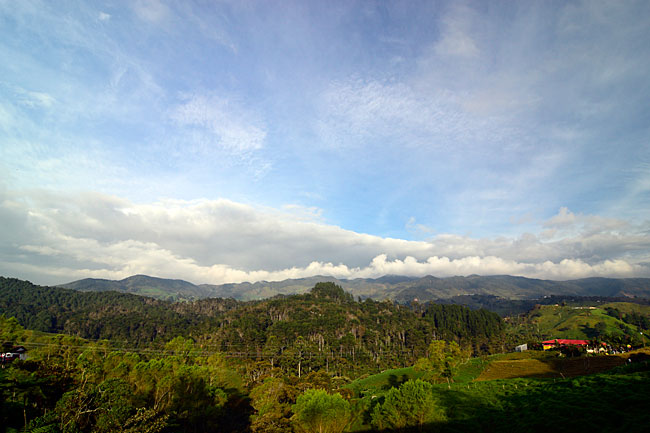
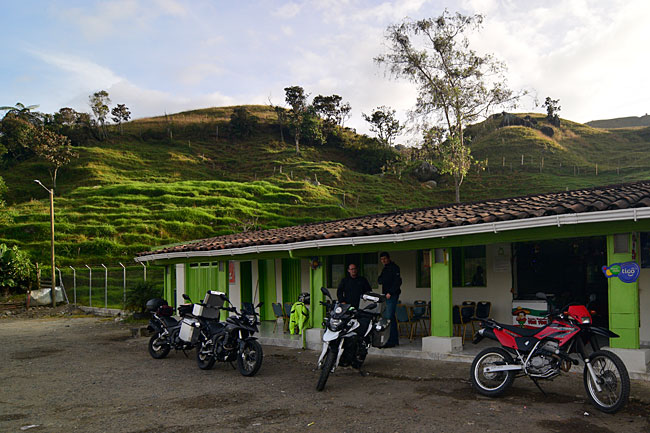
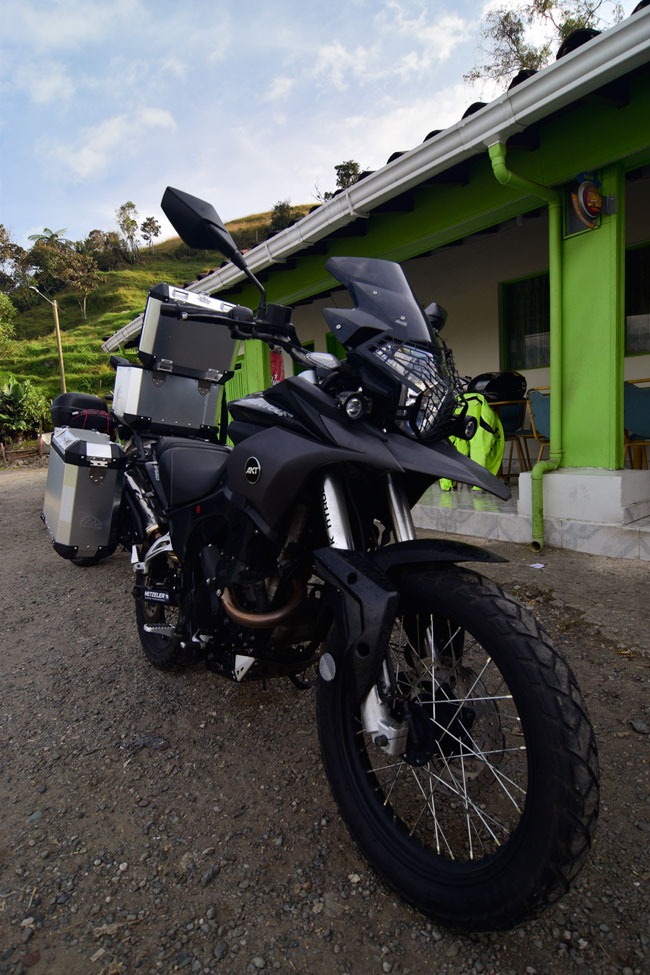
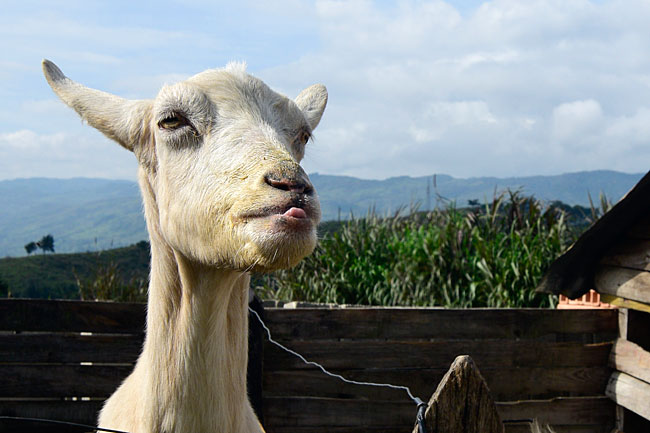
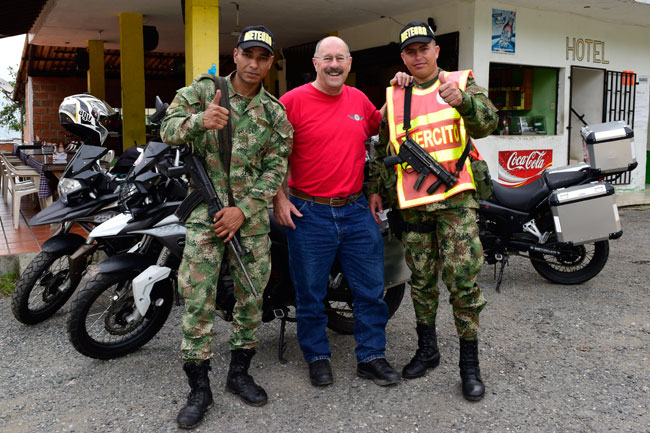
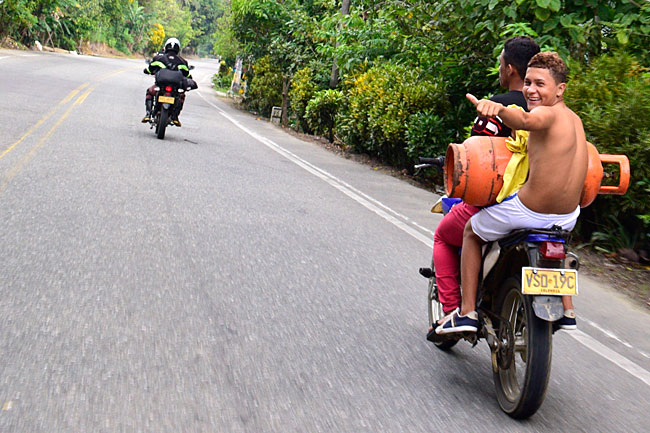
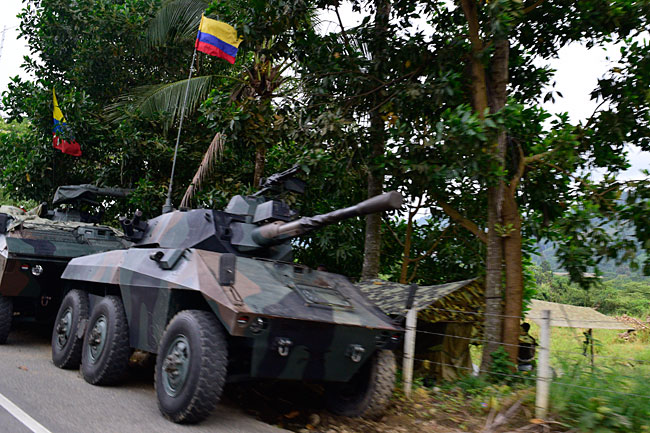
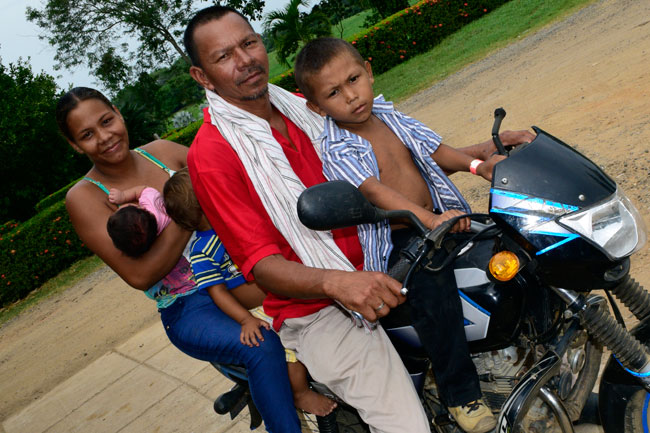
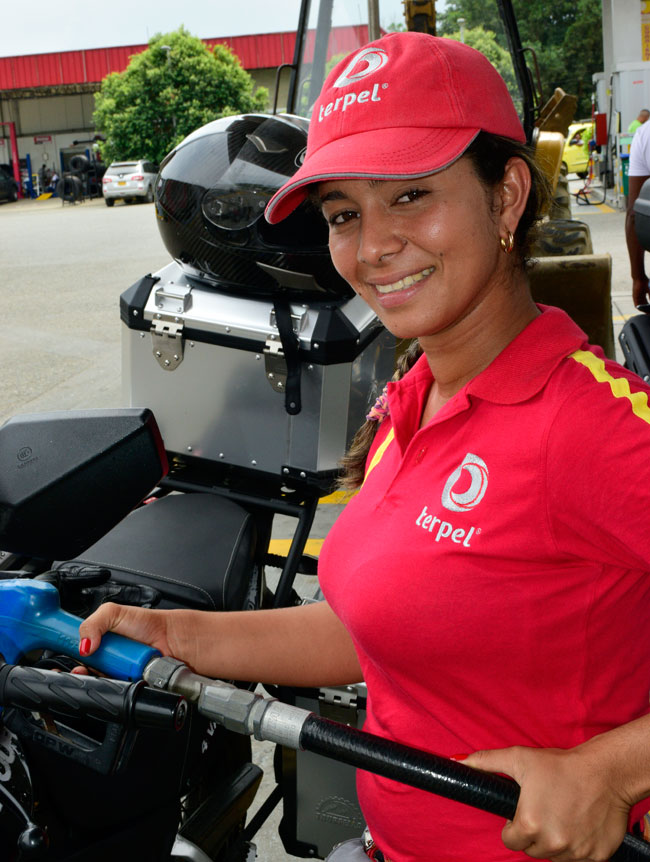
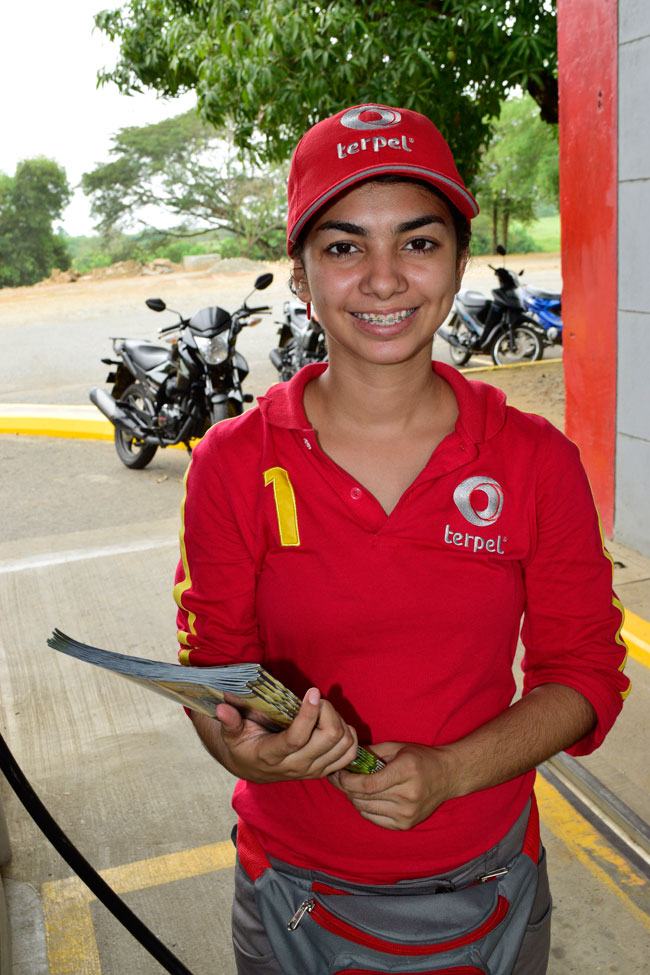
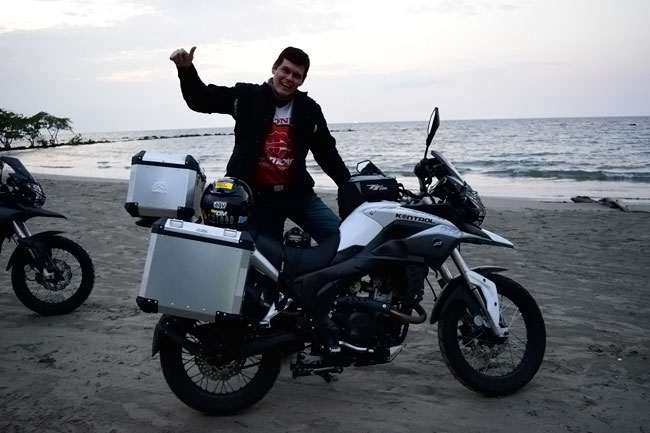
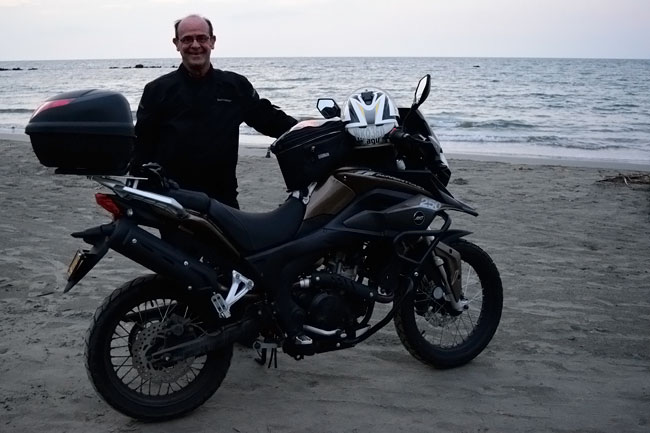
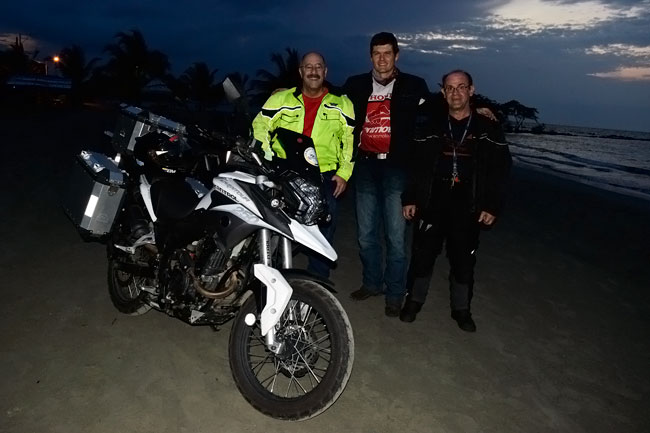
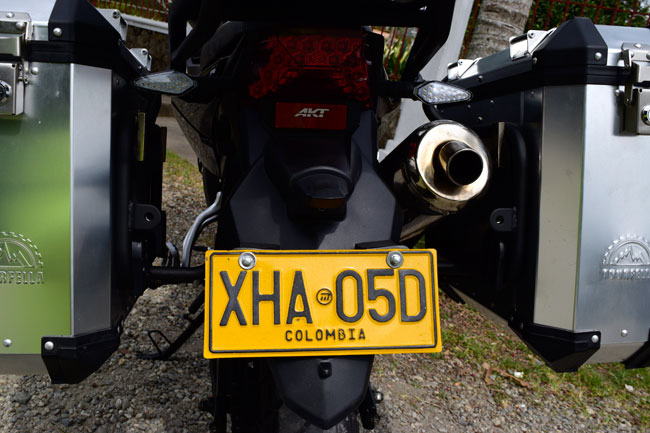
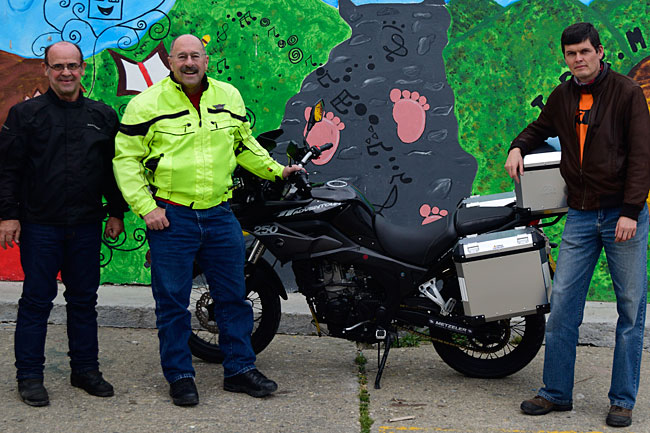
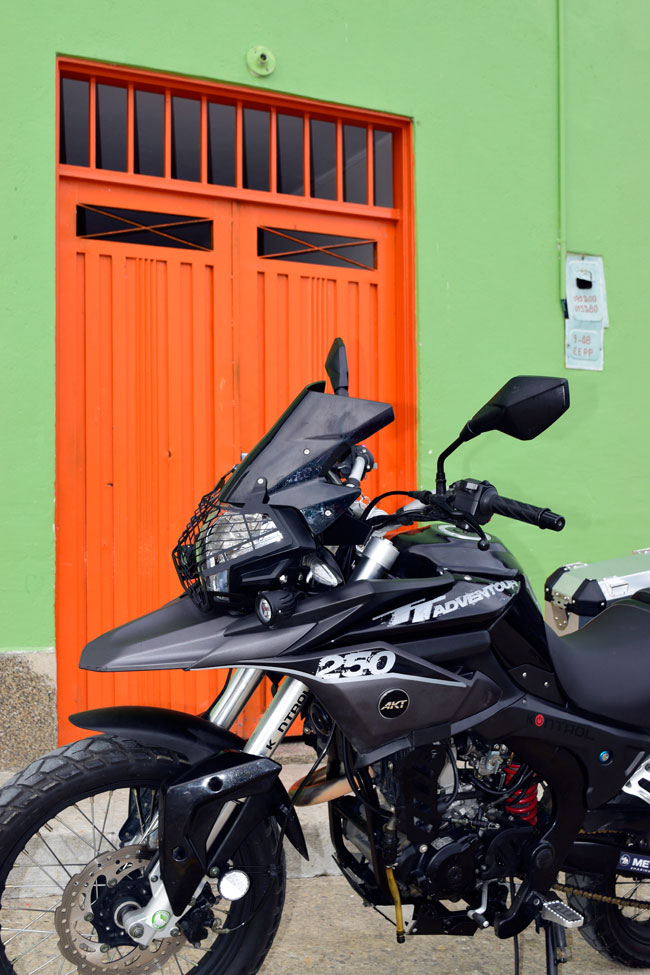
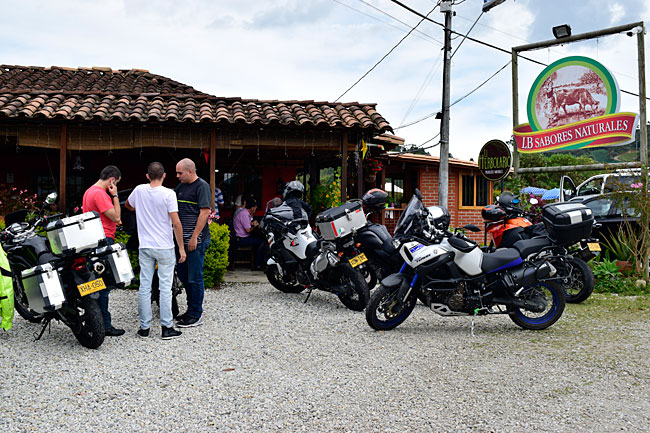
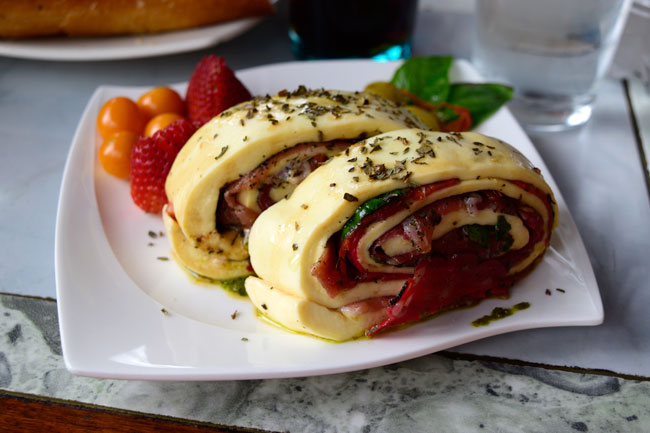
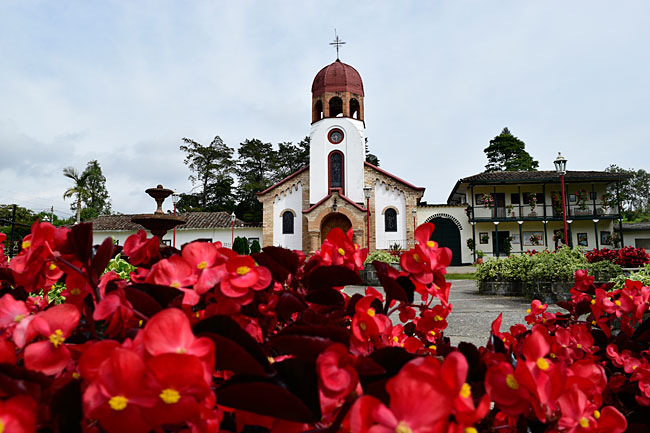
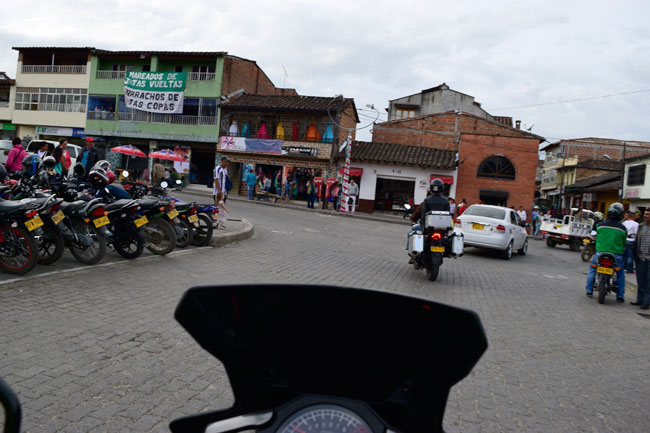
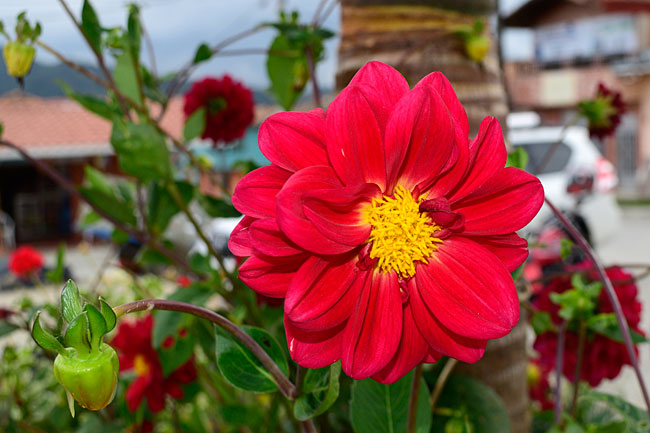
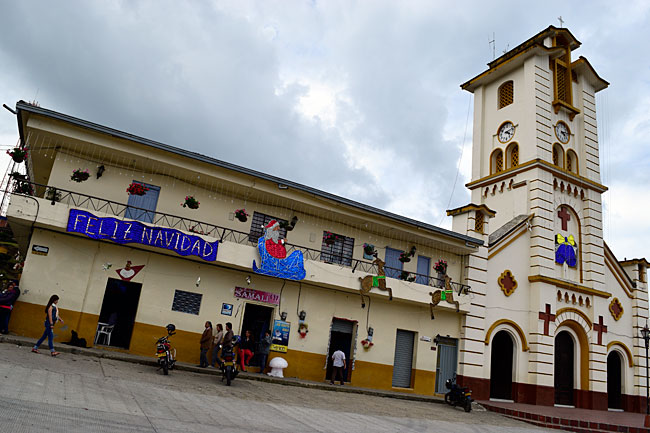
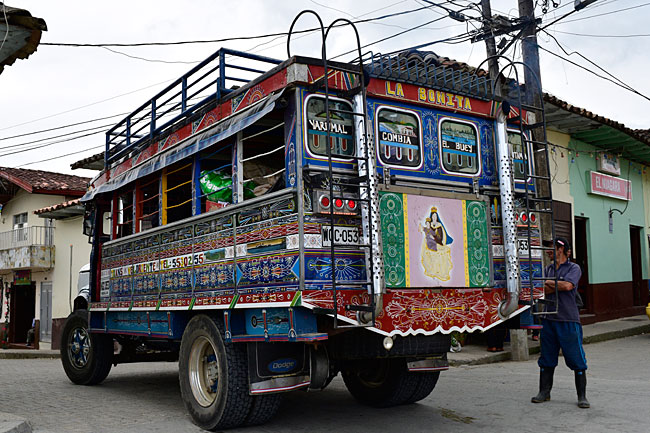
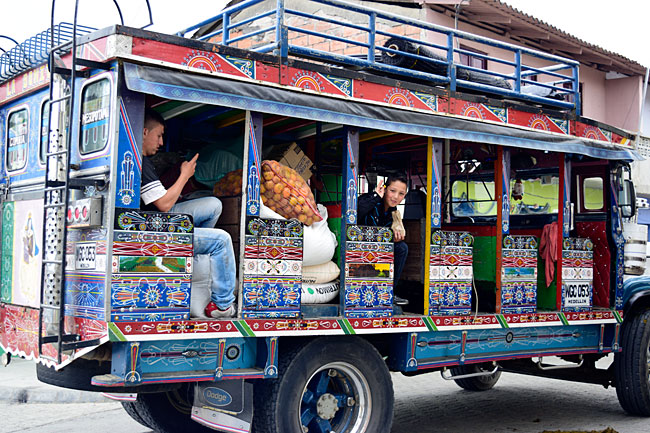
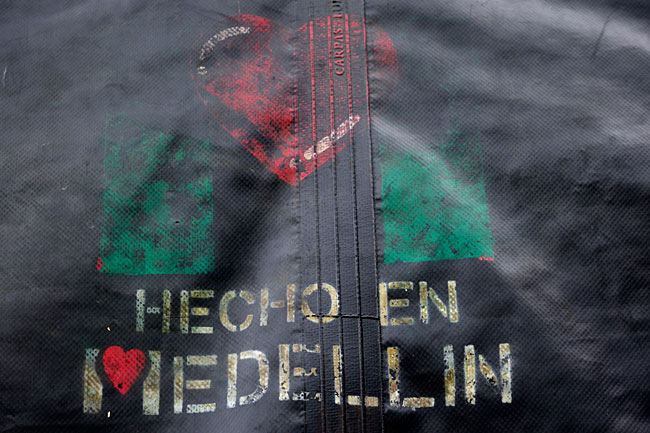
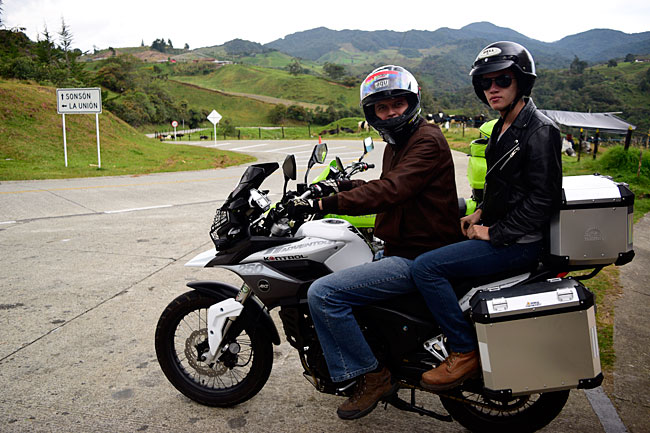
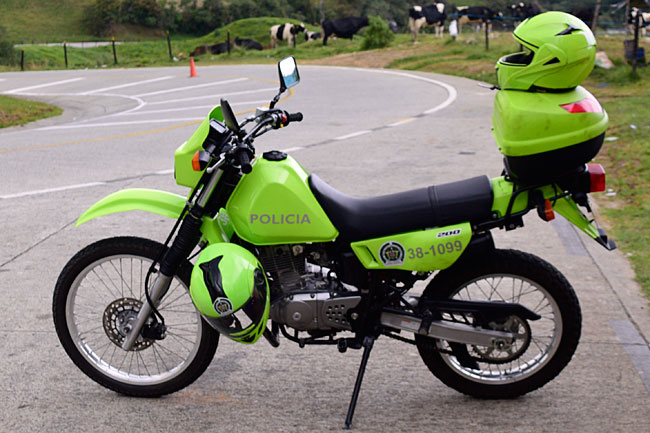
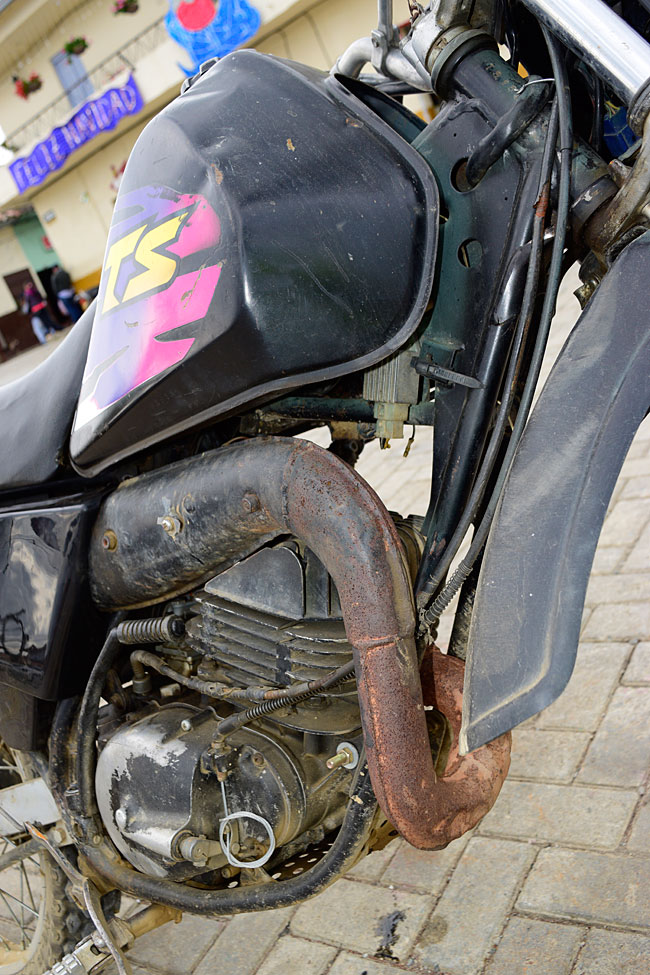
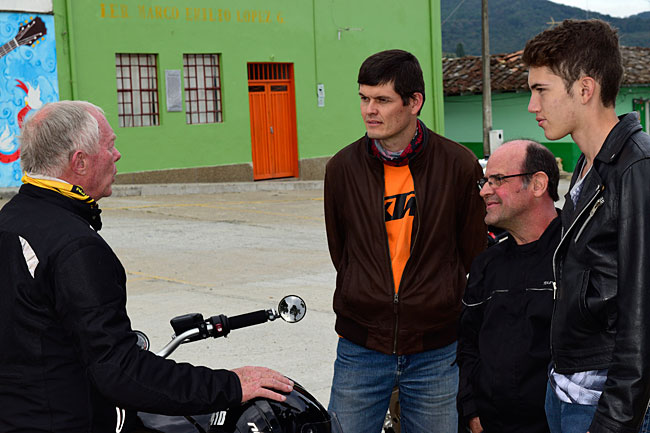
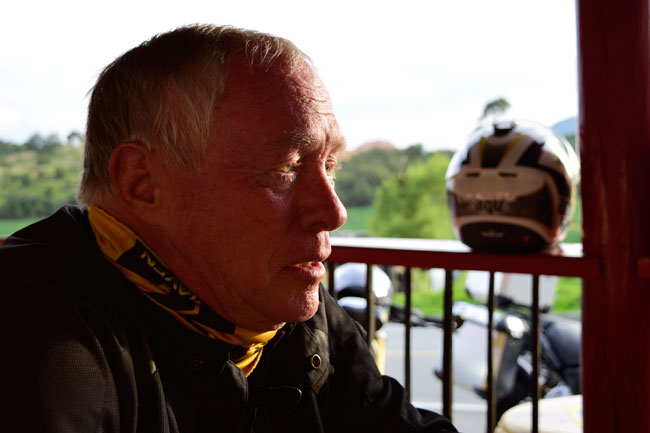
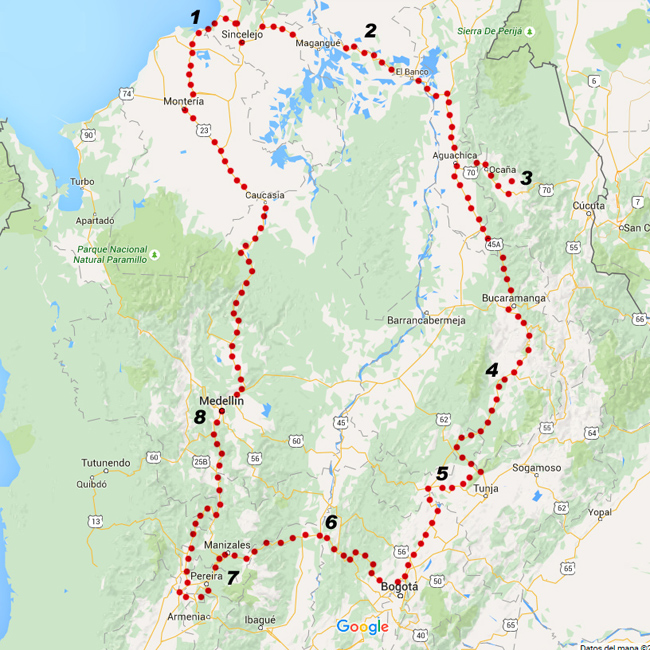
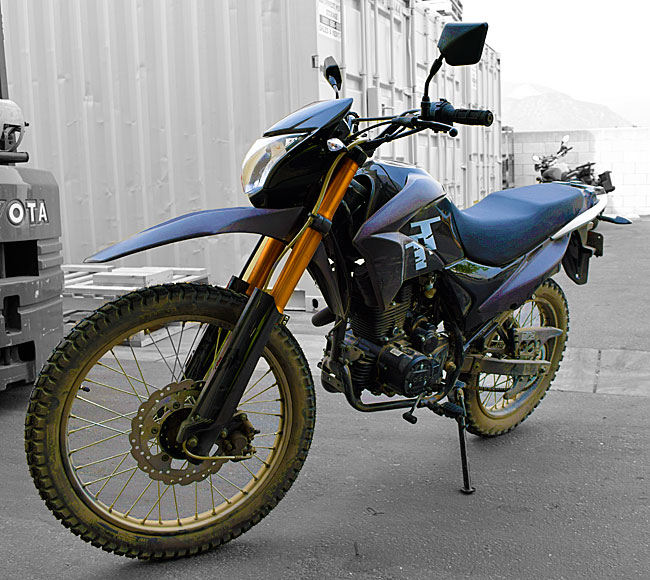
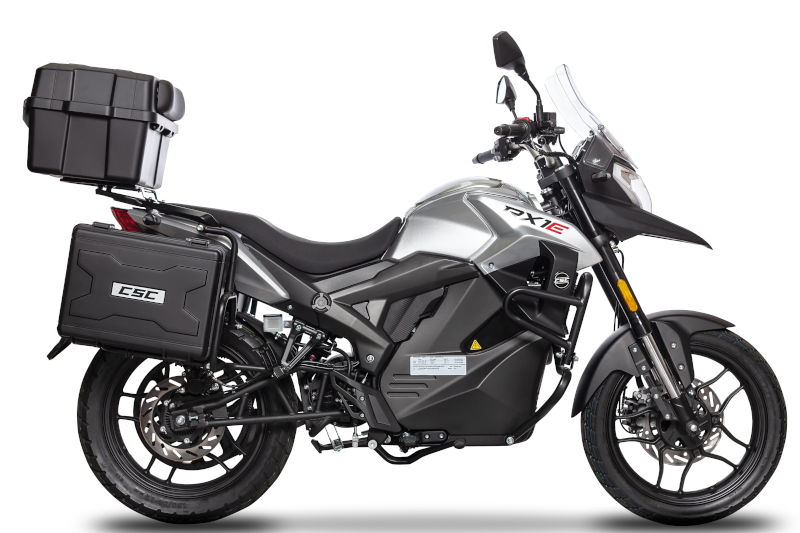 RX1E Electric Motorcycle
RX1E Electric Motorcycle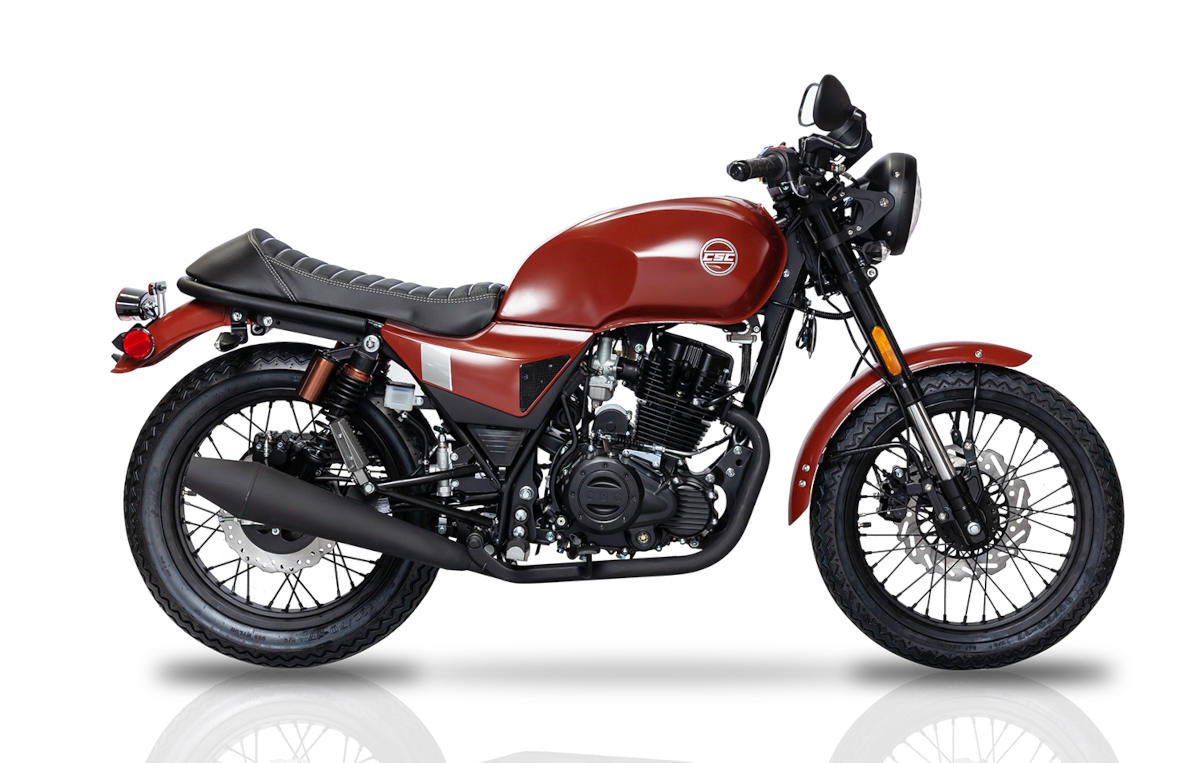 SG250 San Gabriel Cafe Racer
SG250 San Gabriel Cafe Racer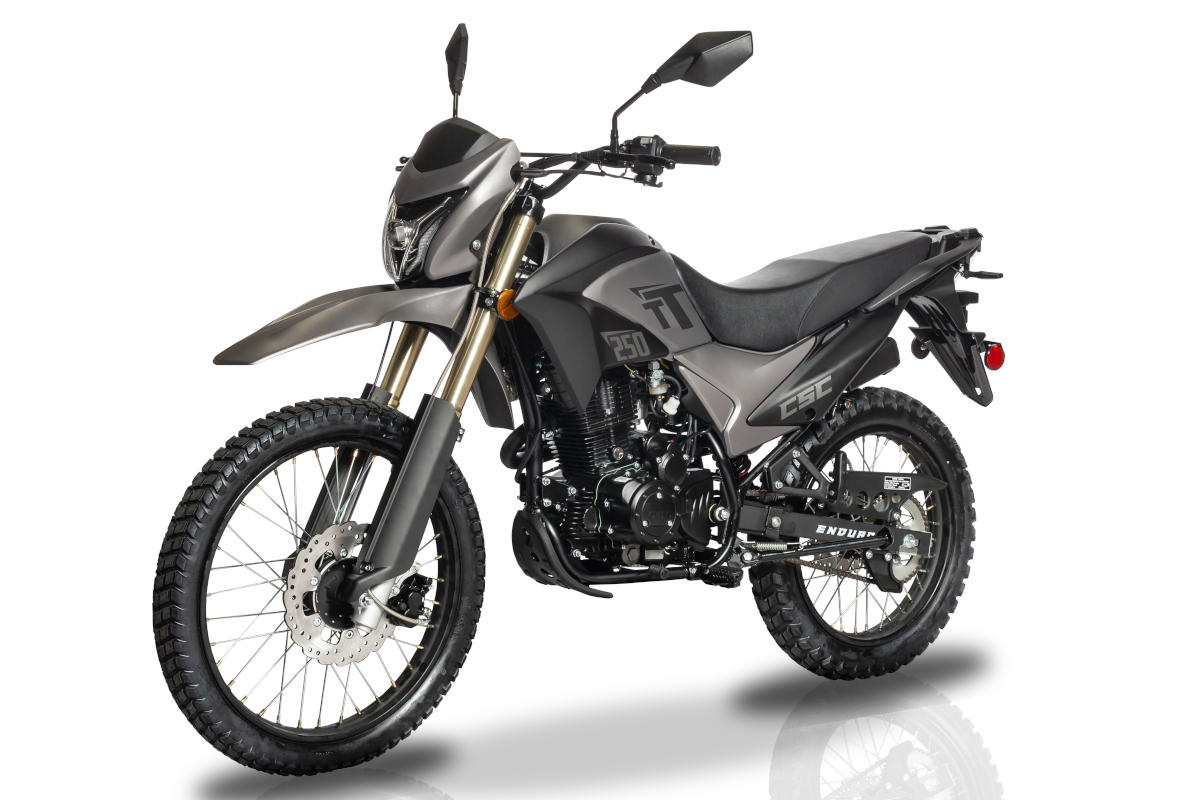 TT250 Enduro
TT250 Enduro